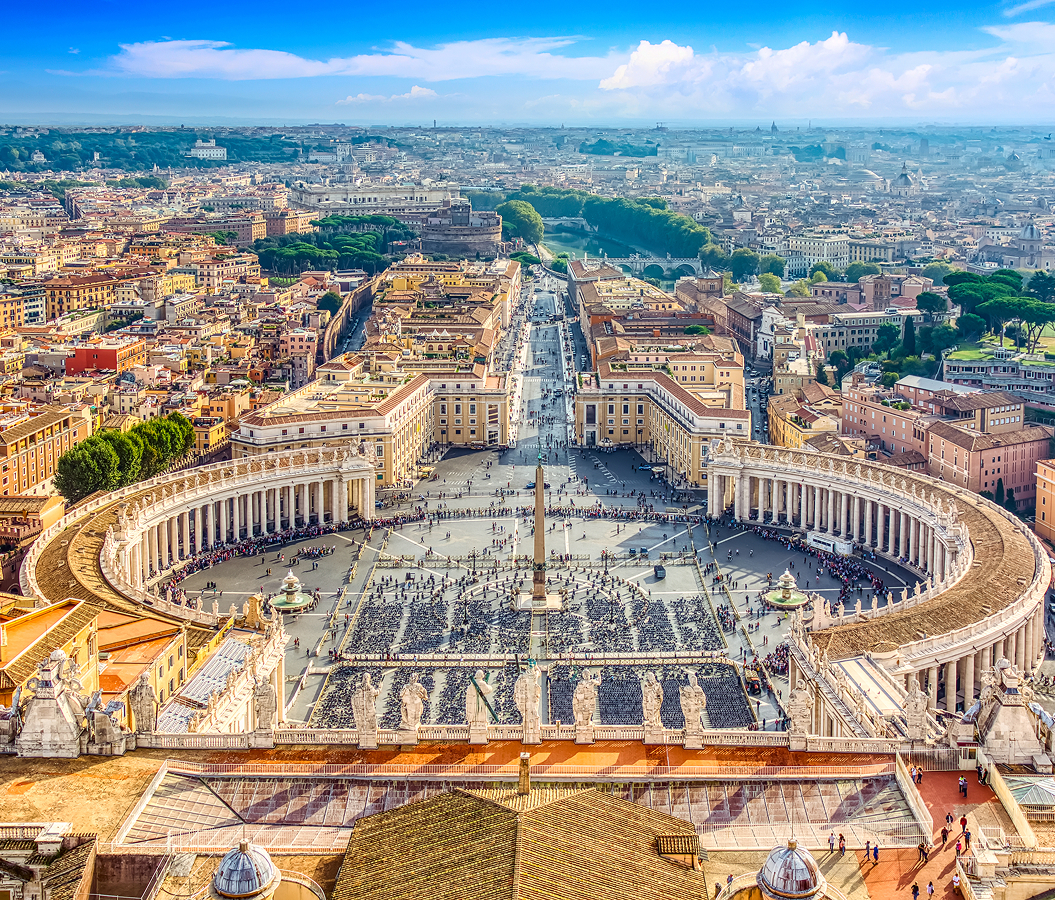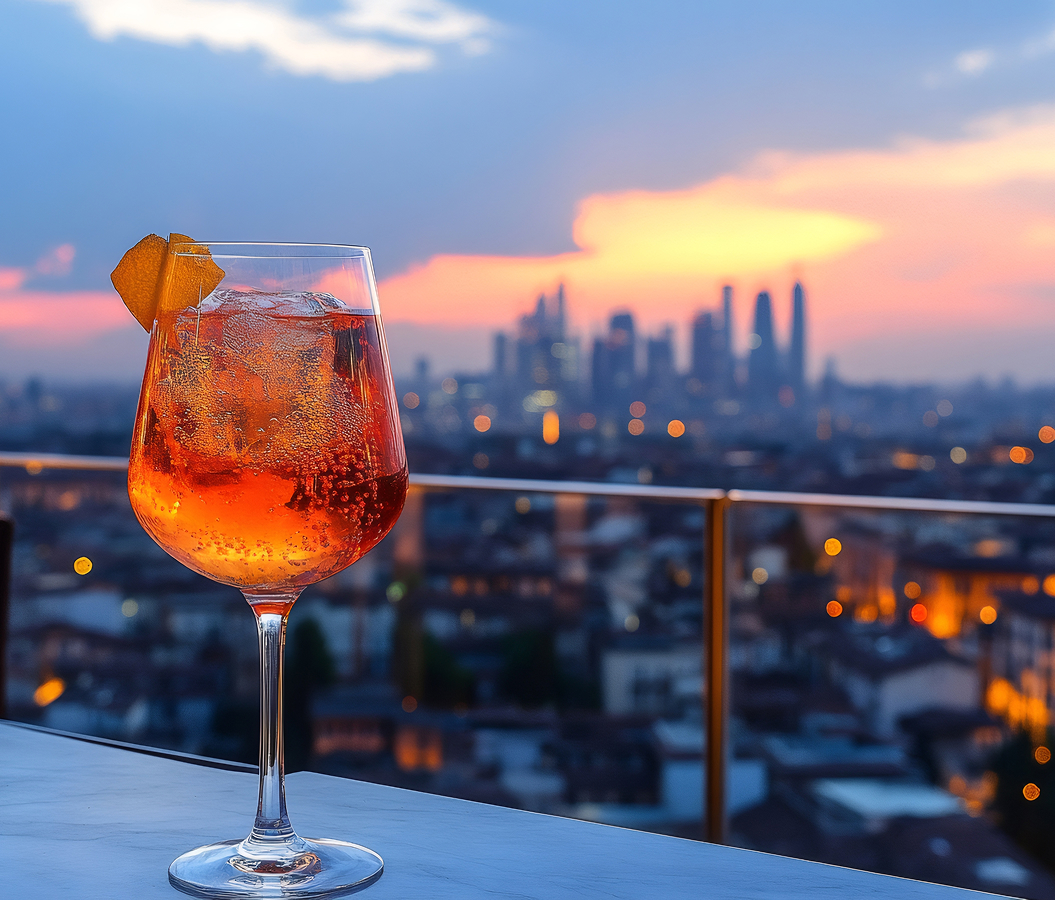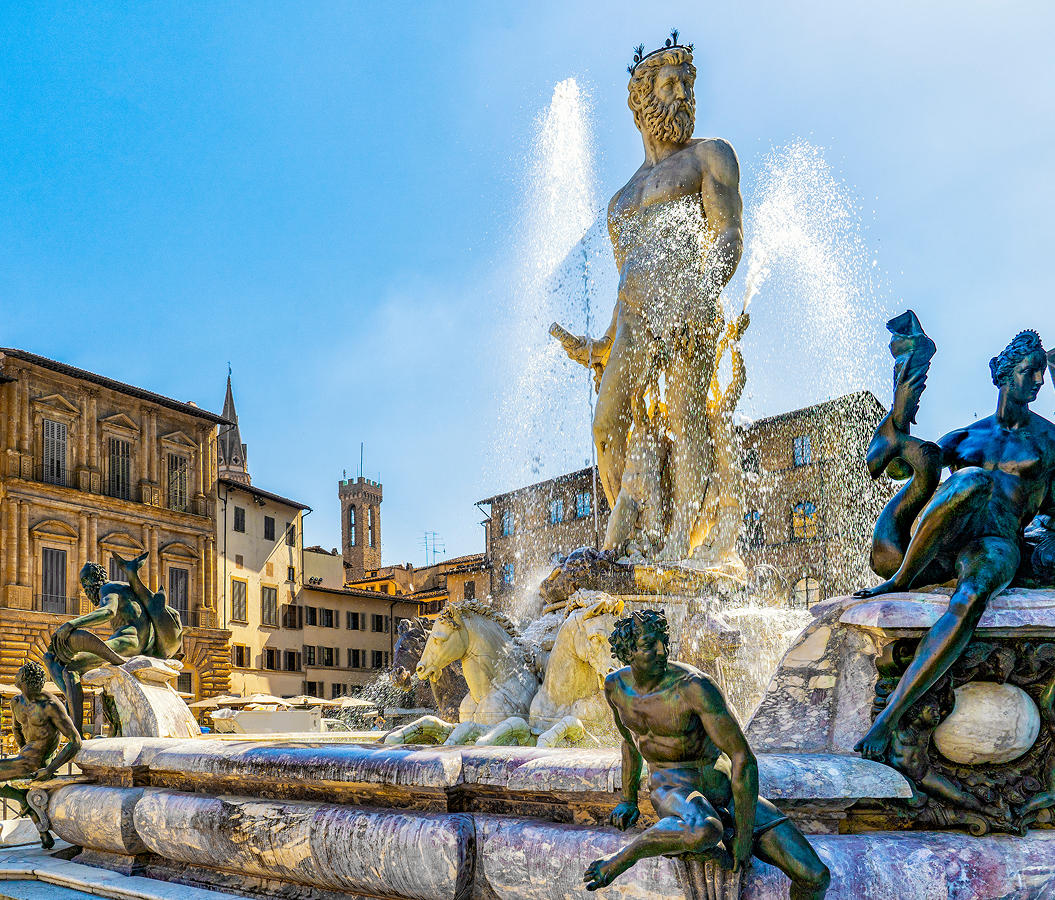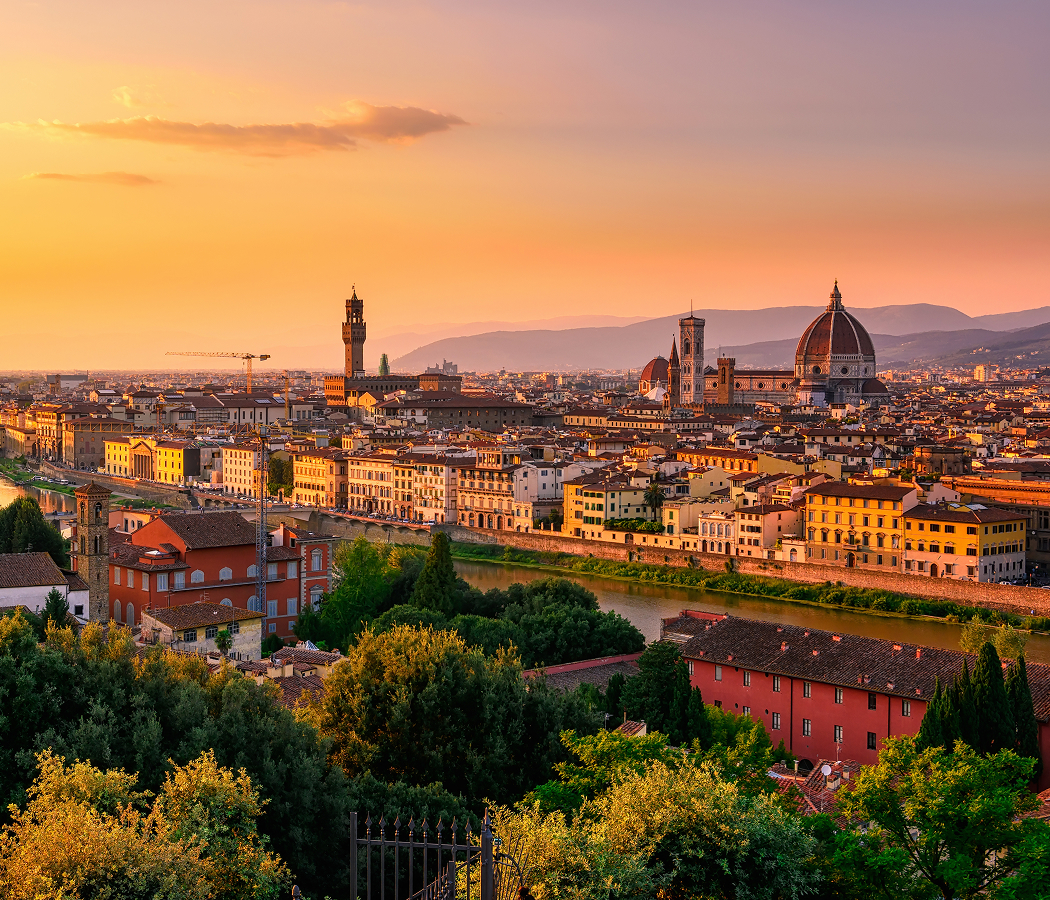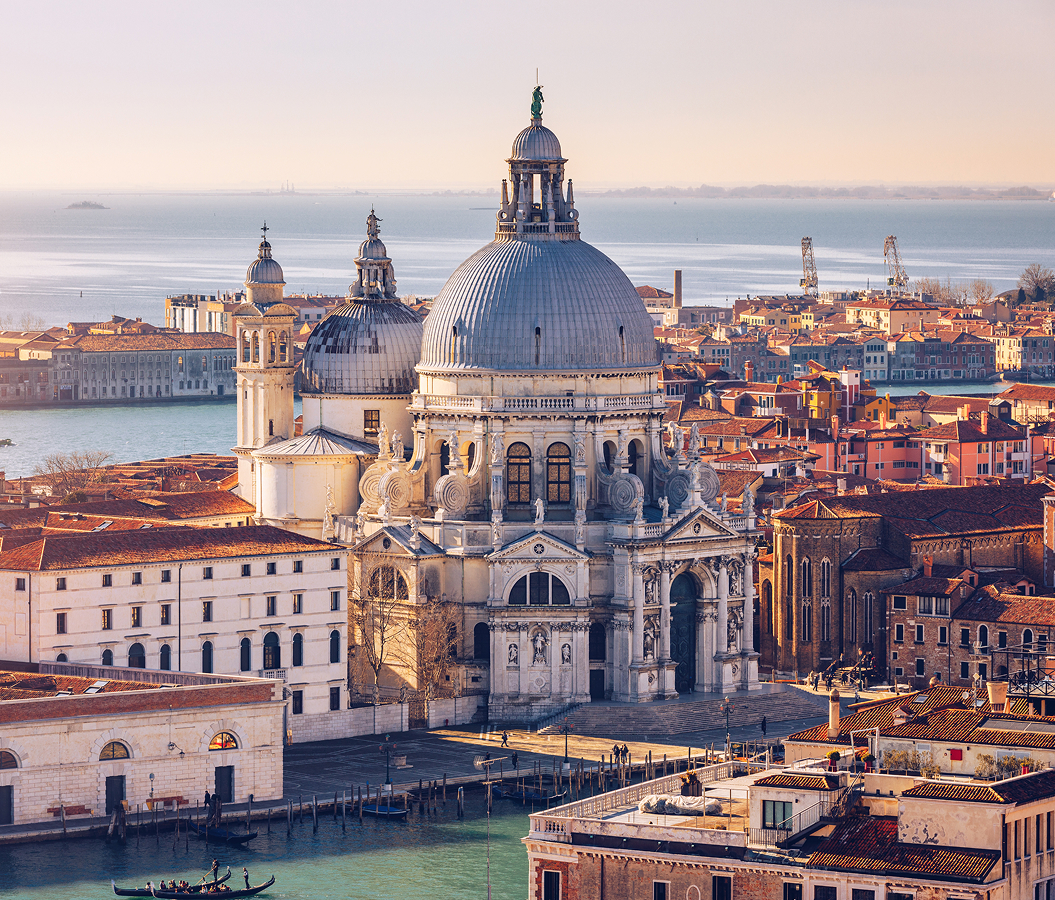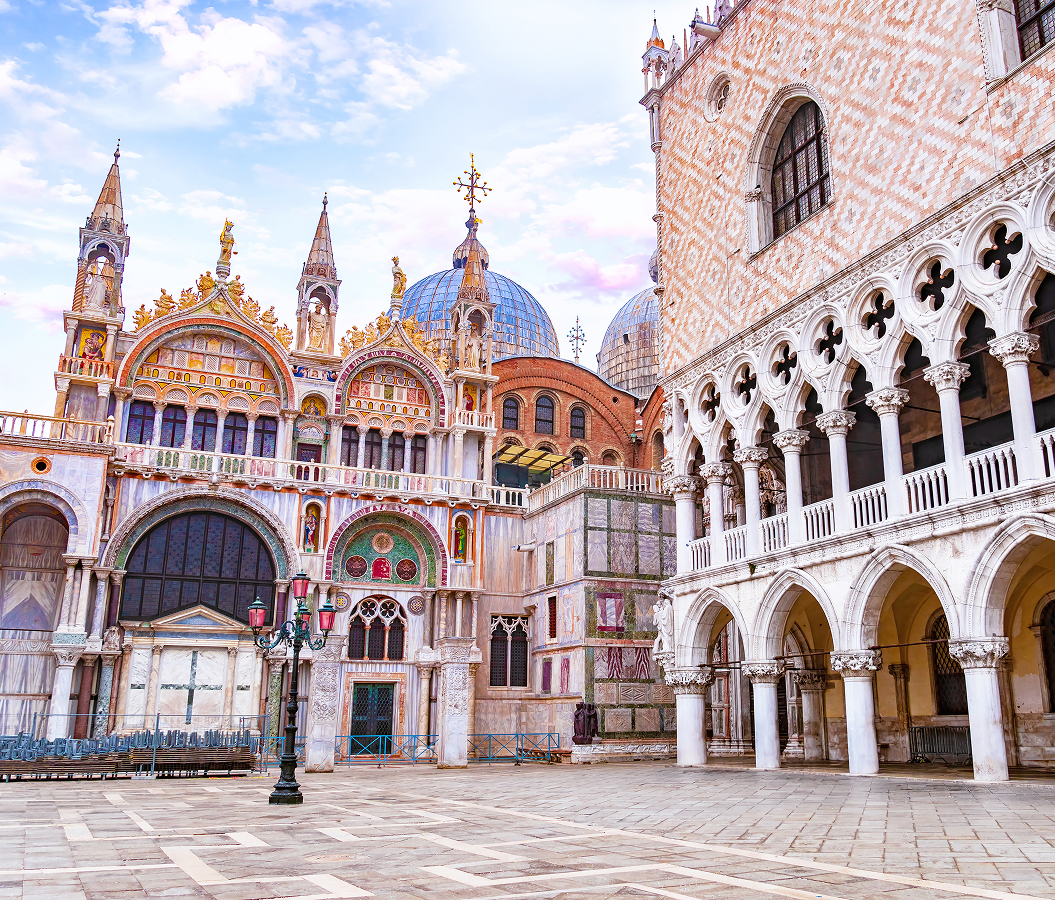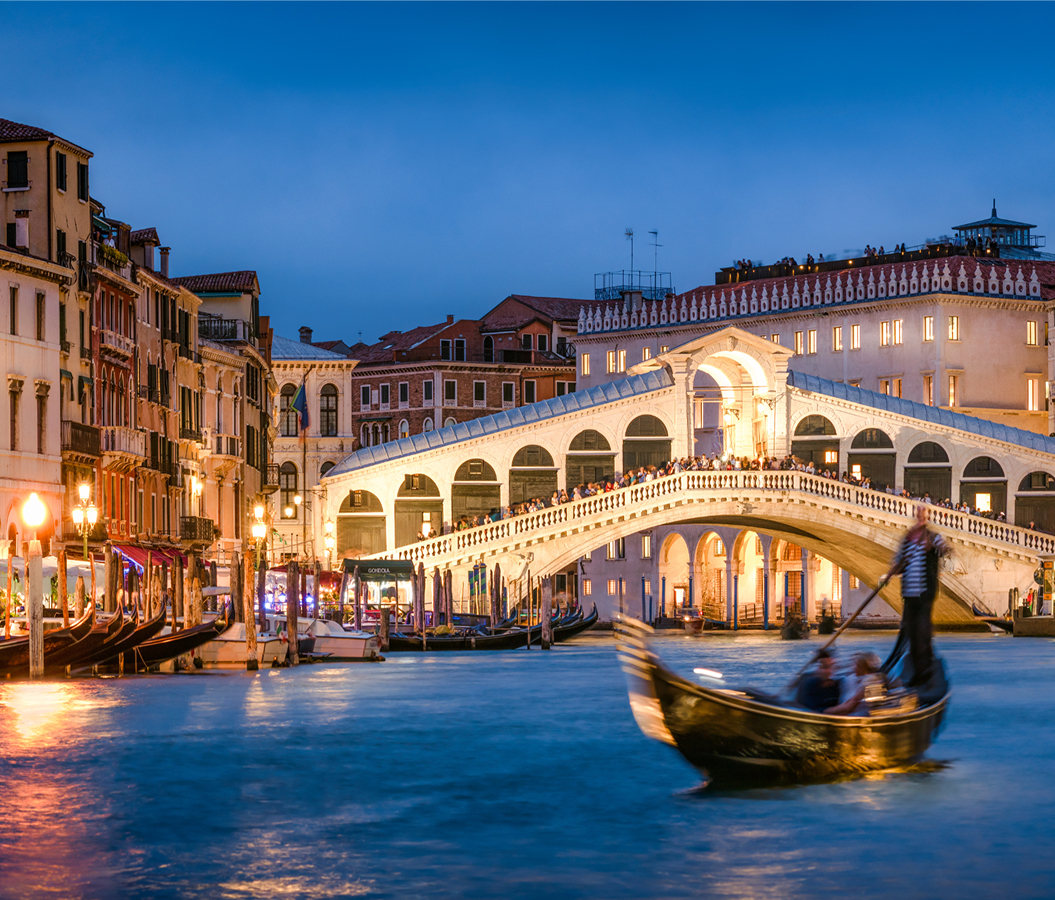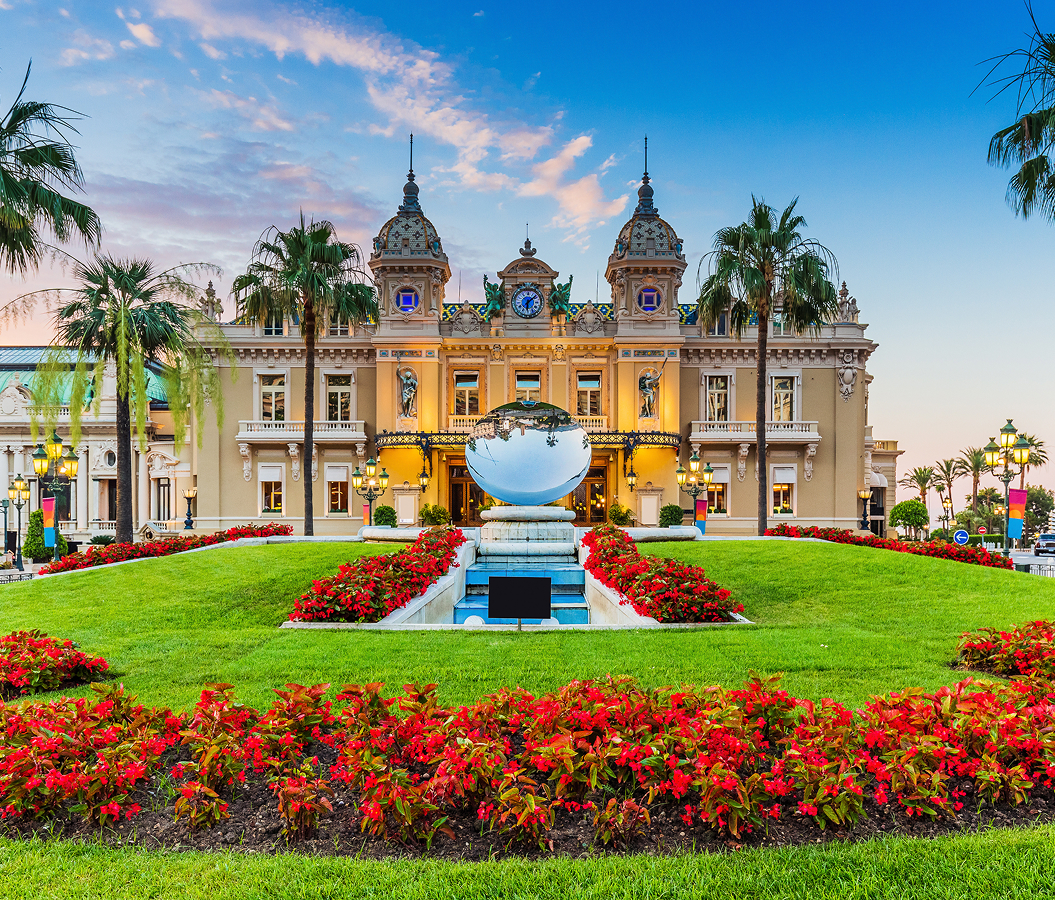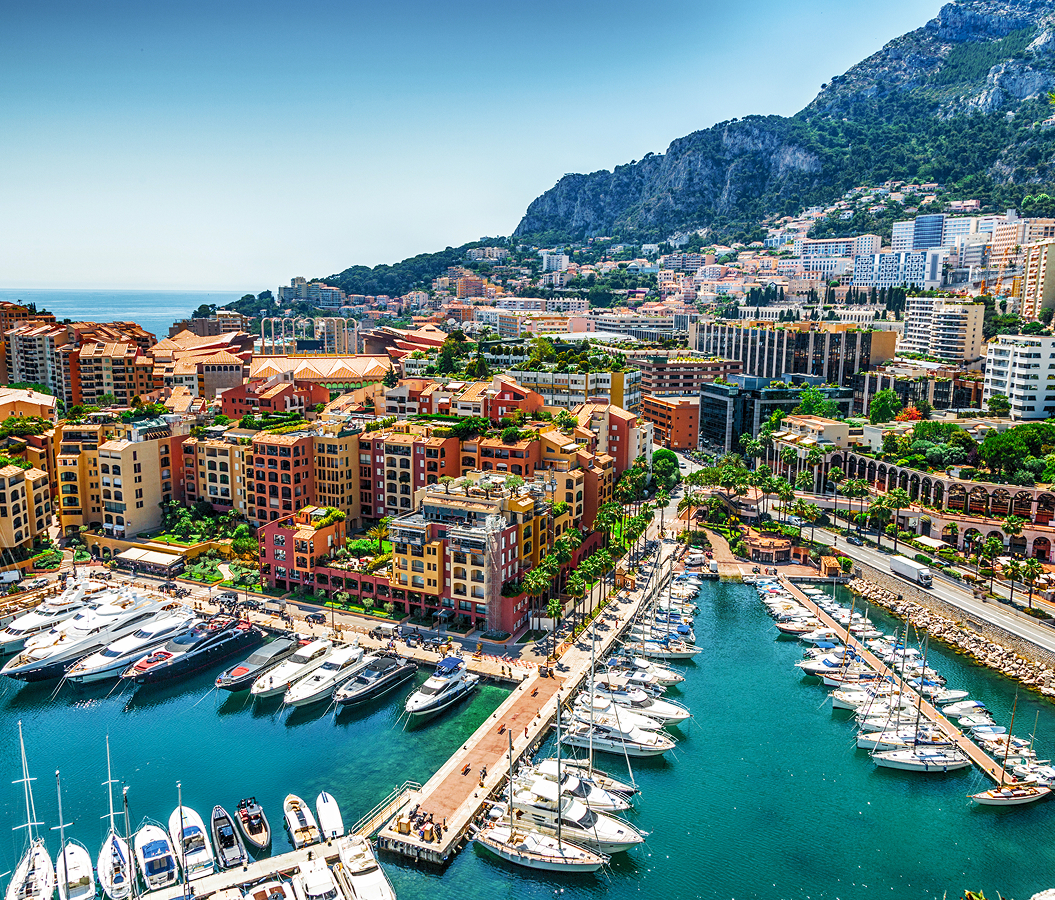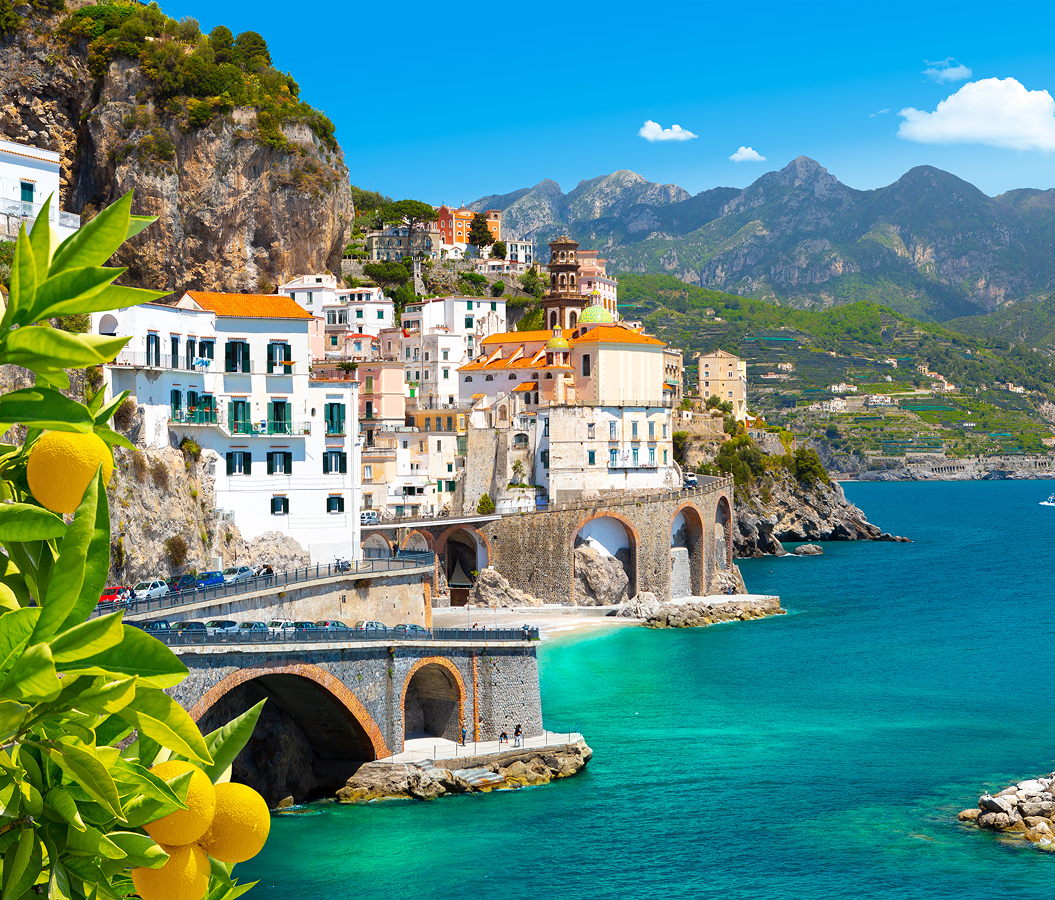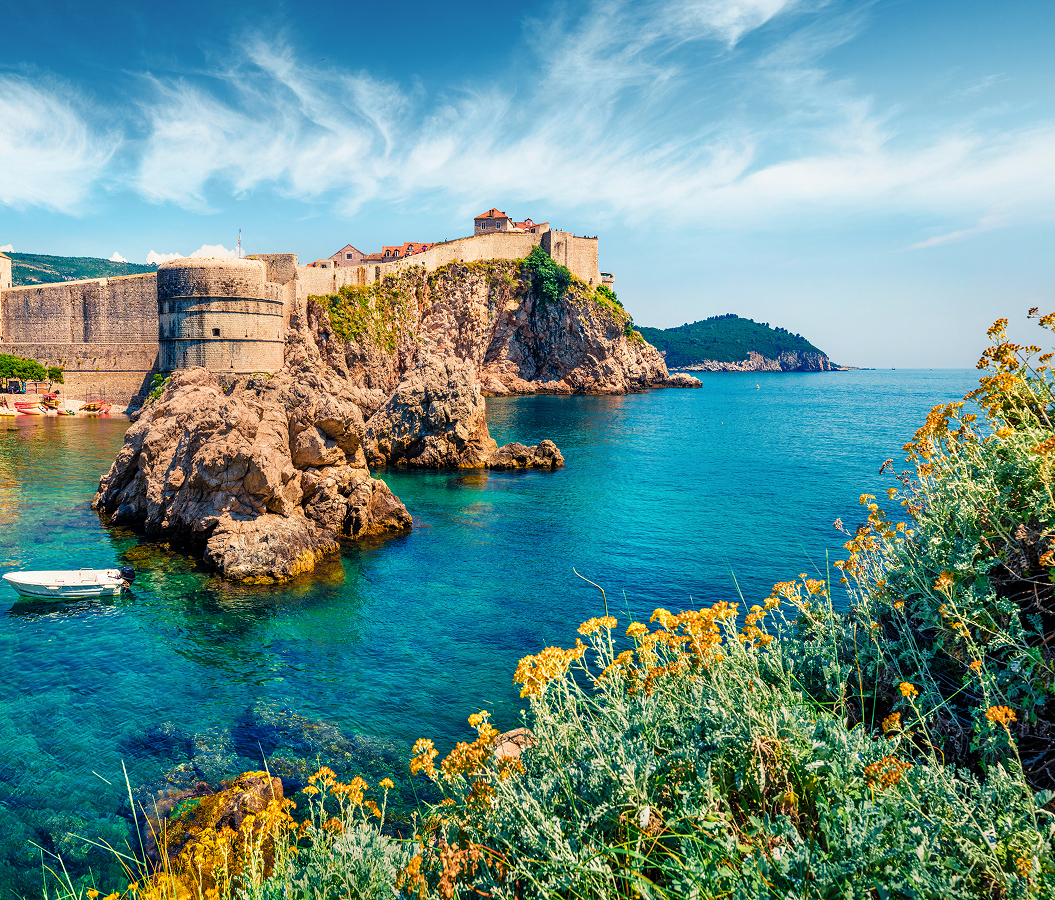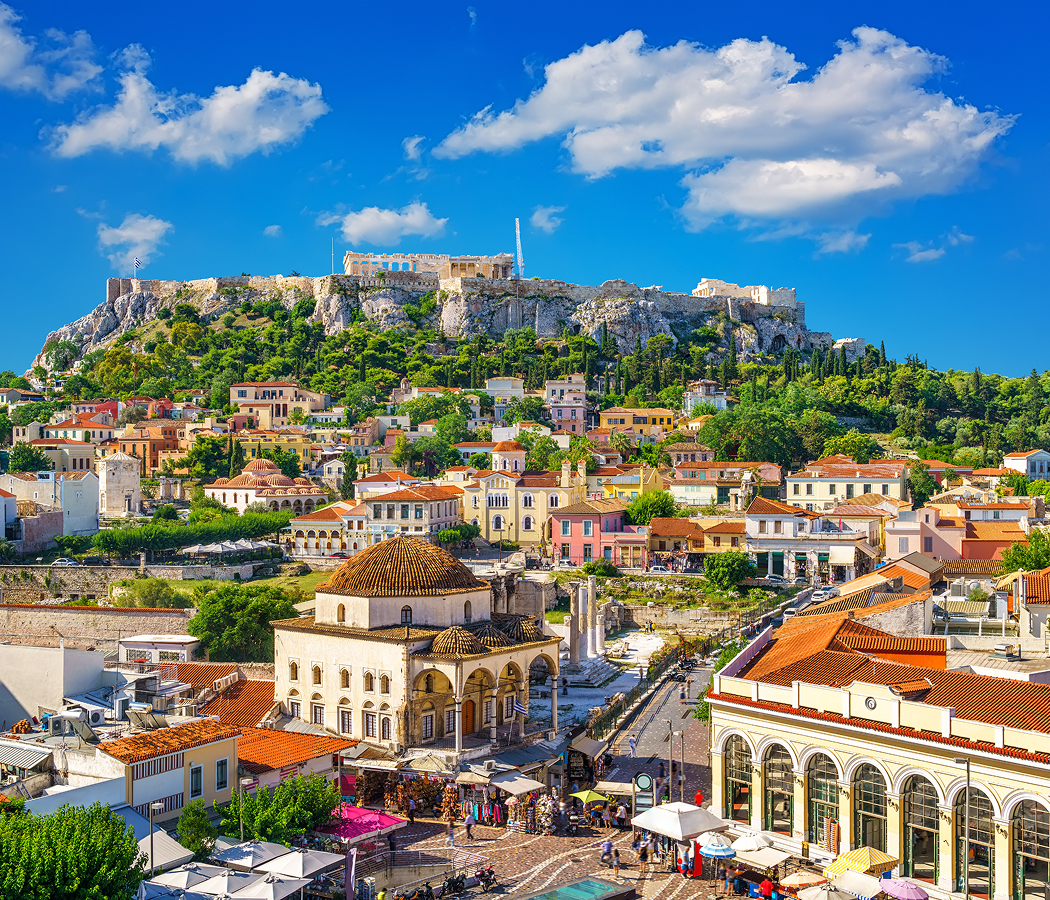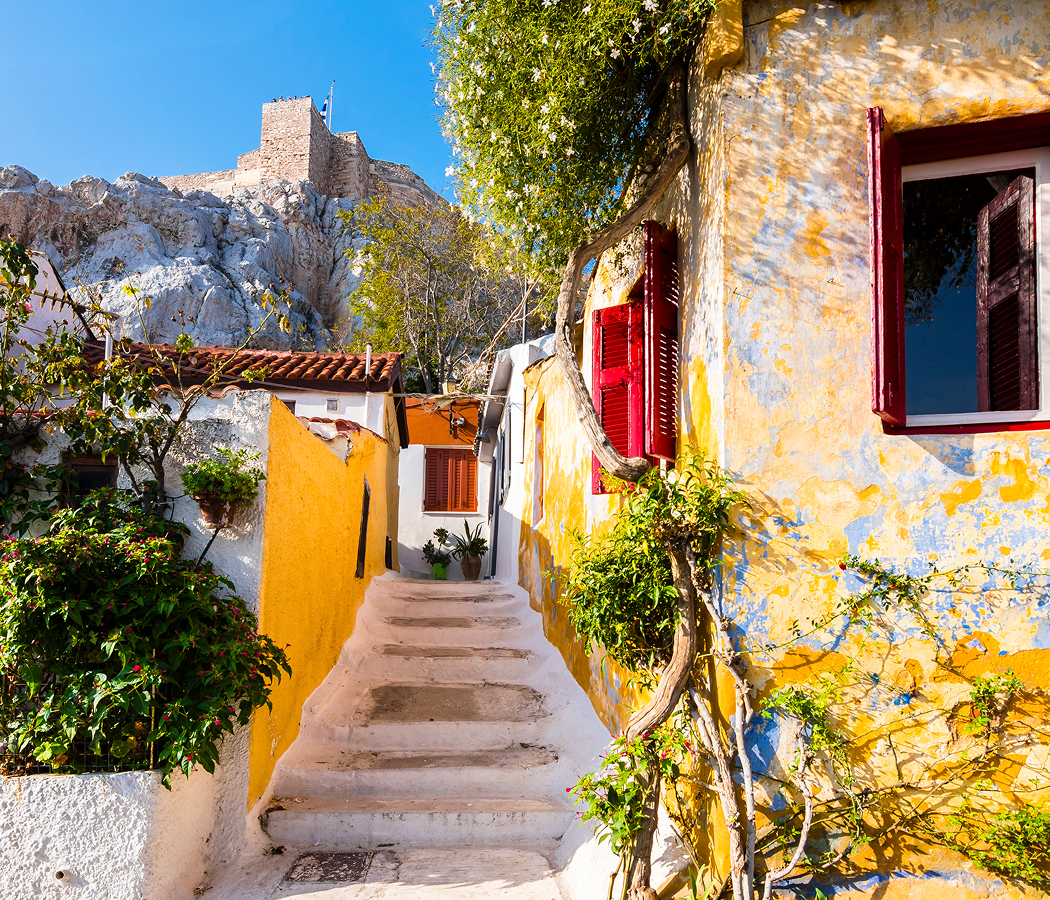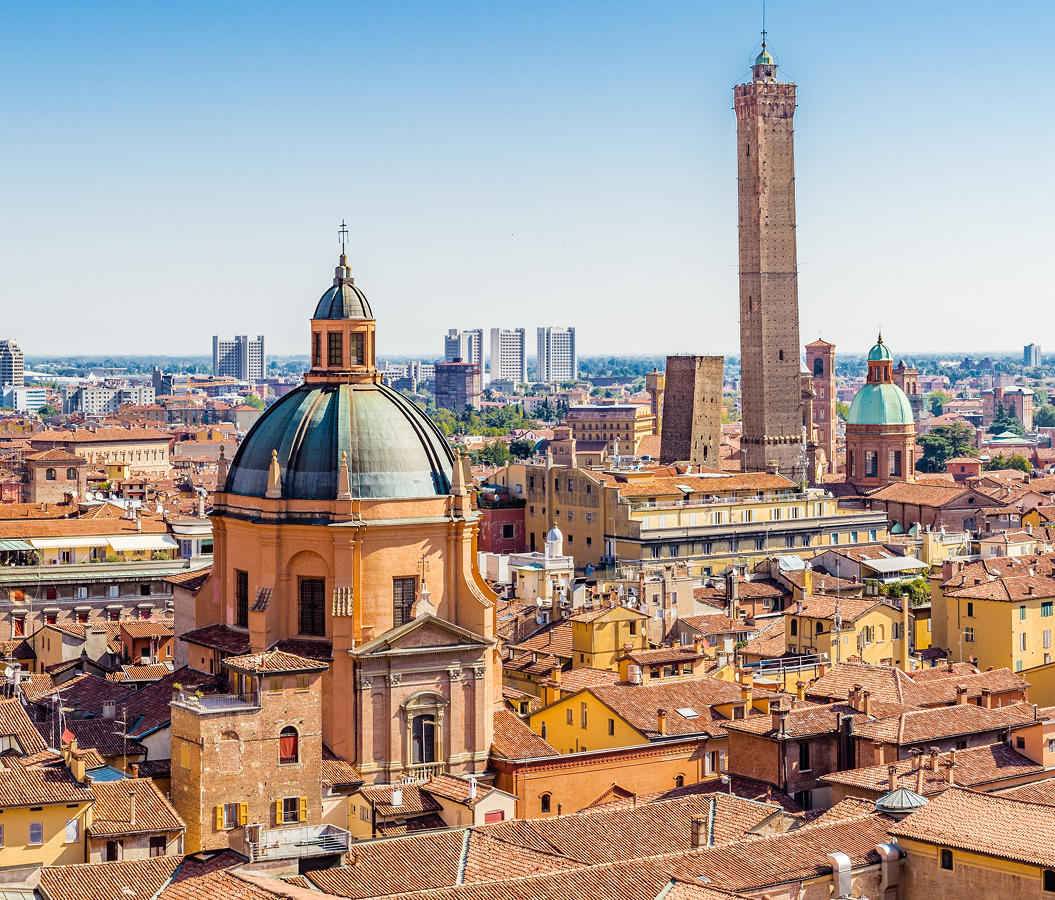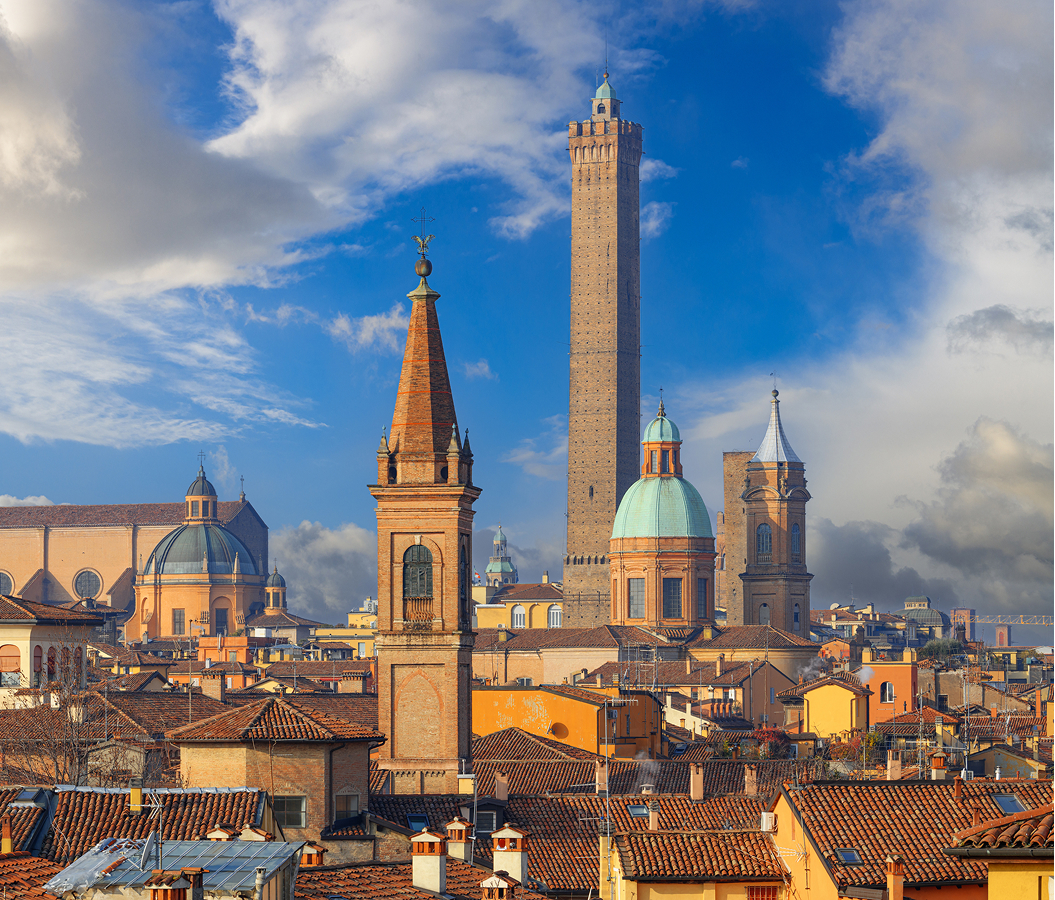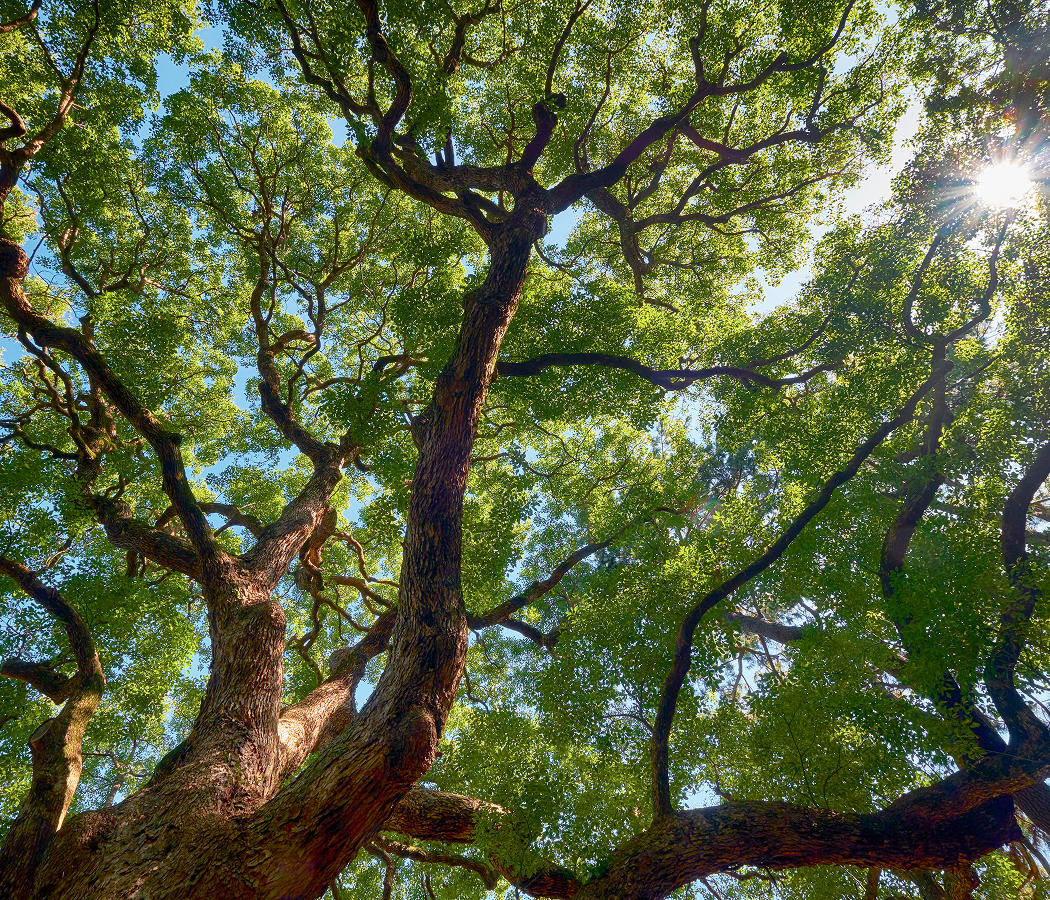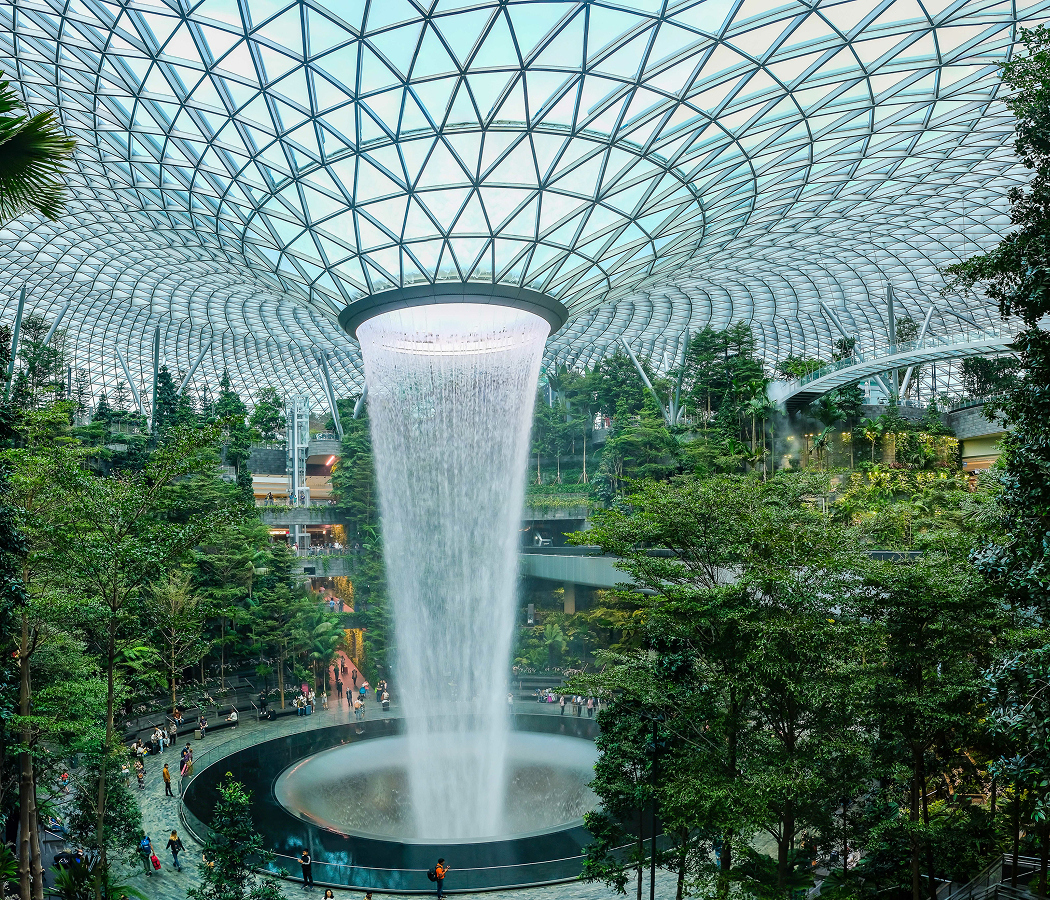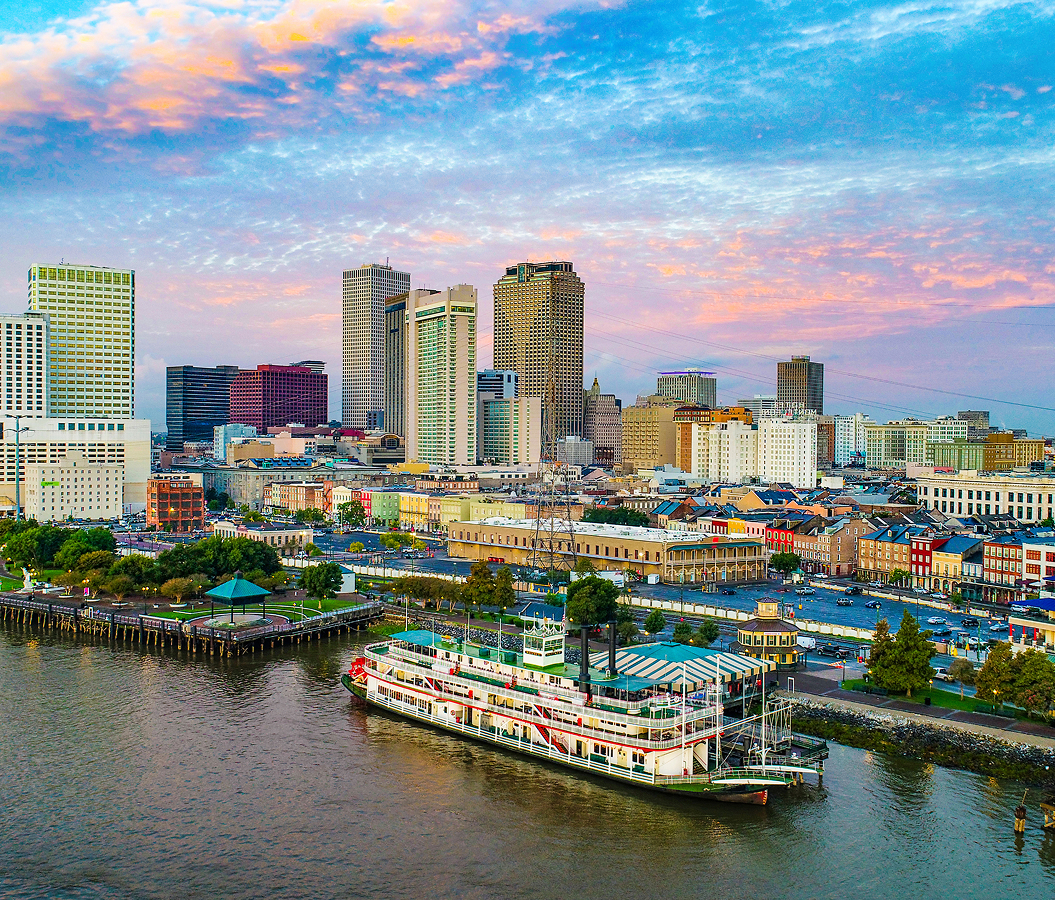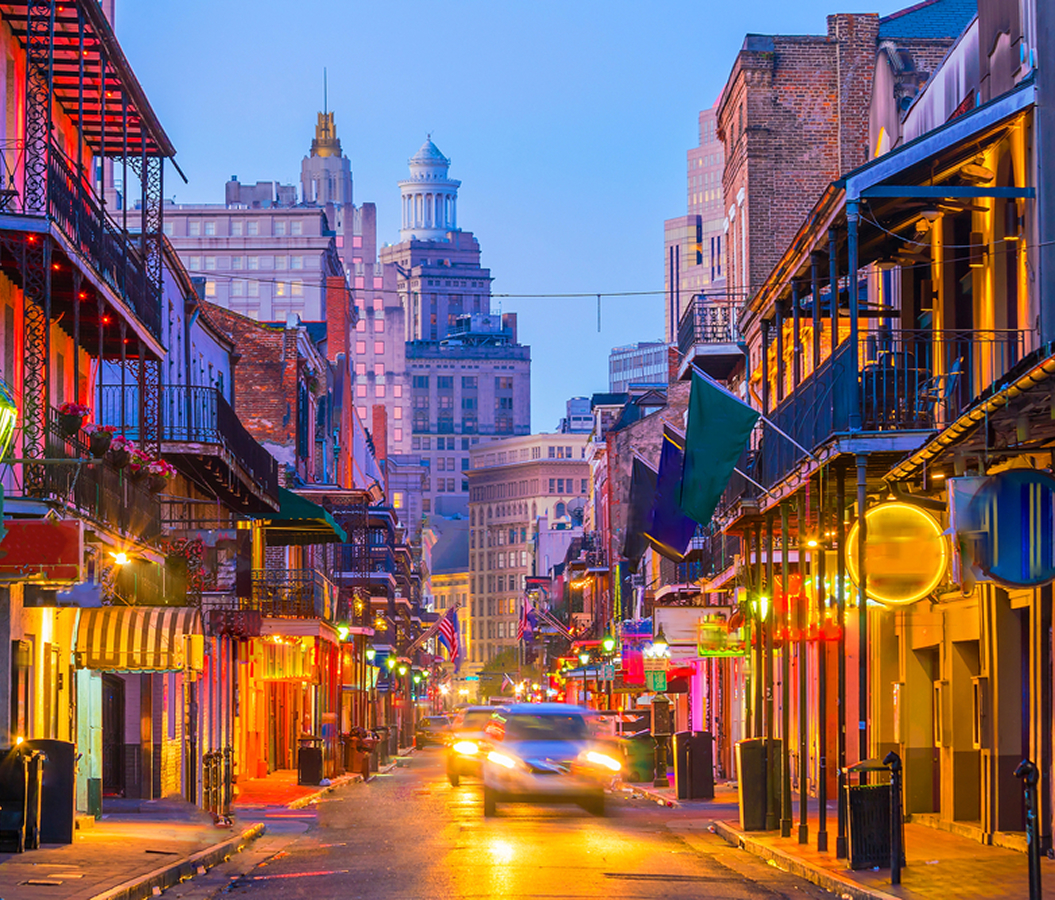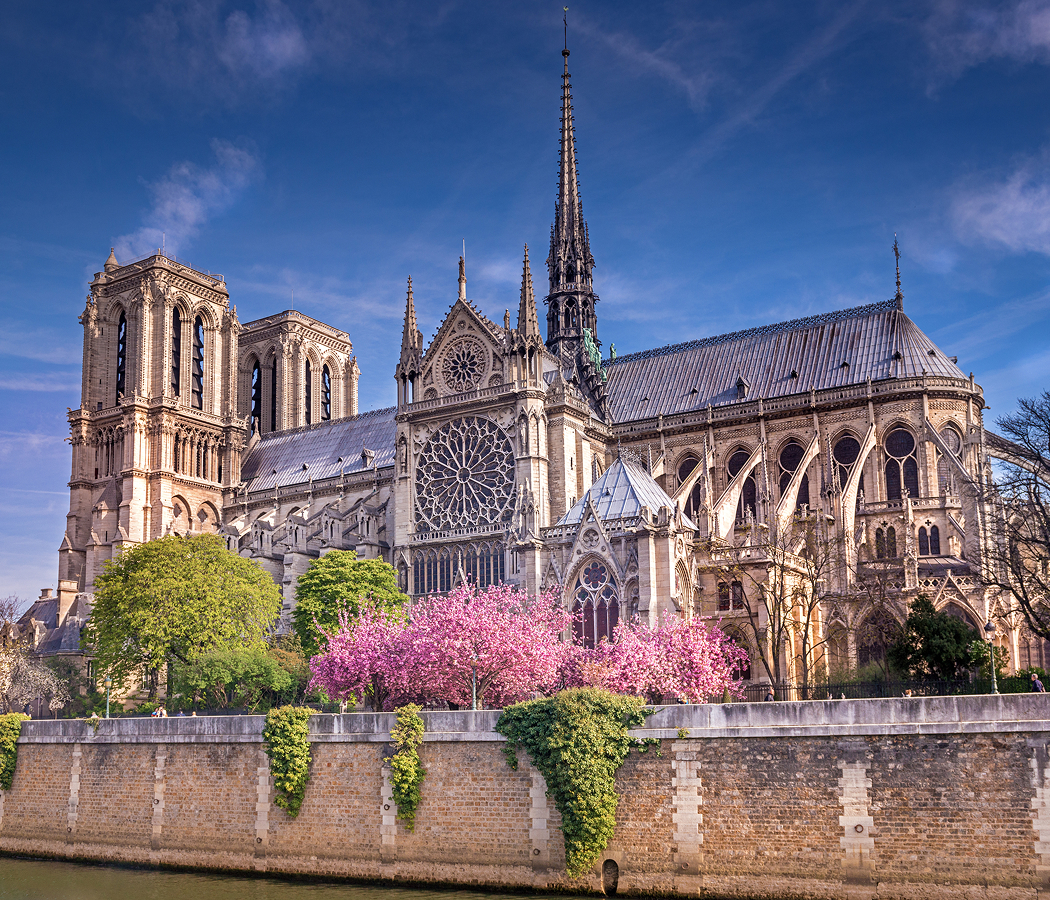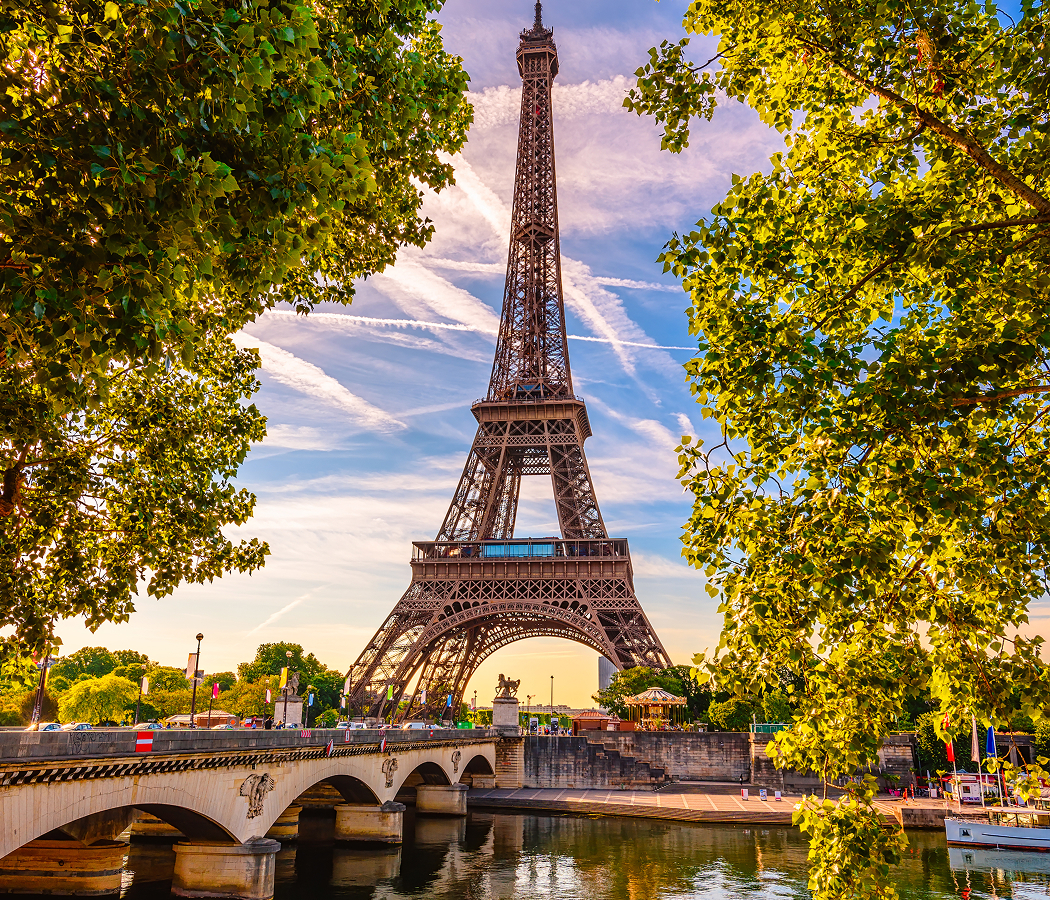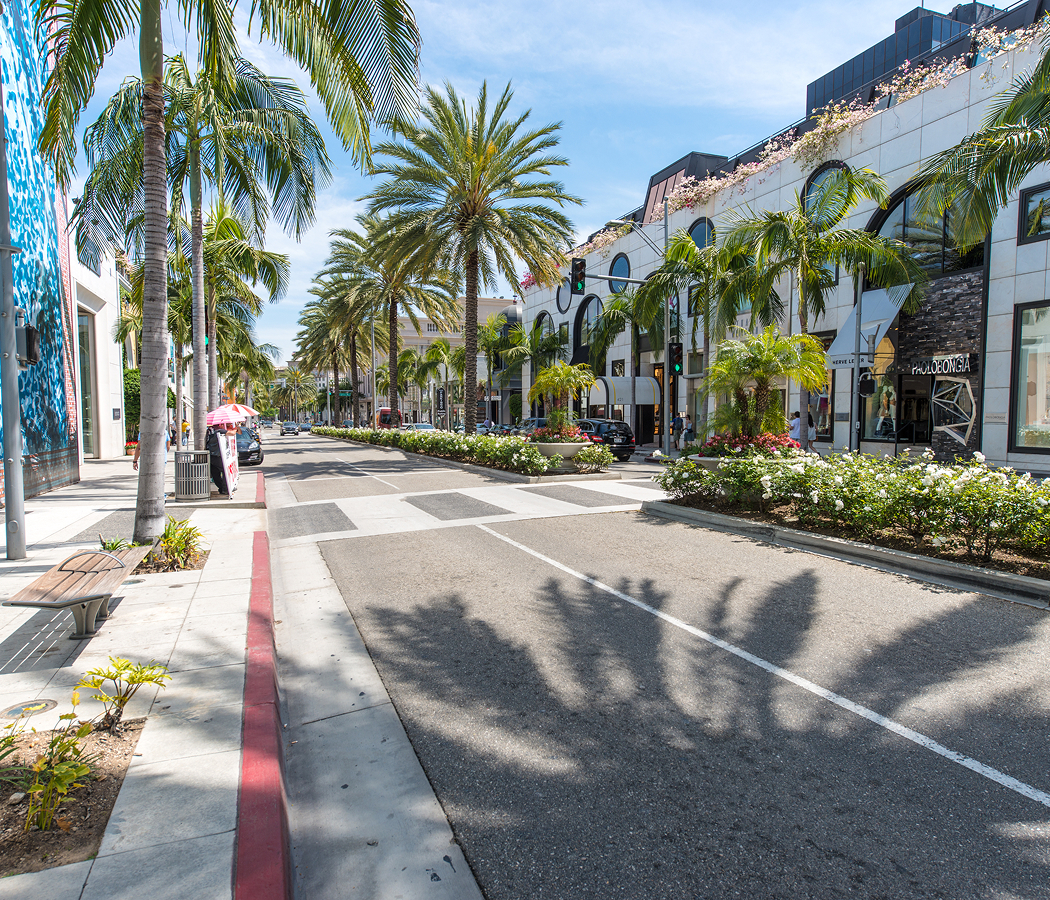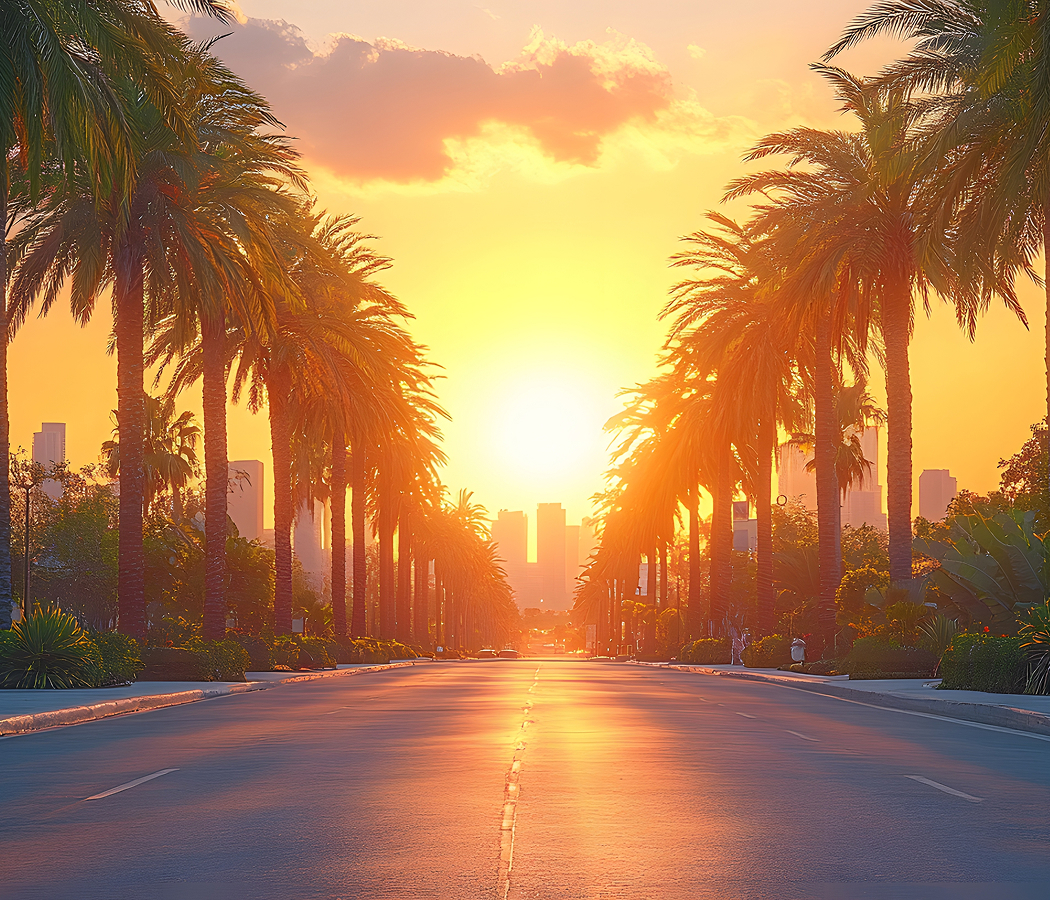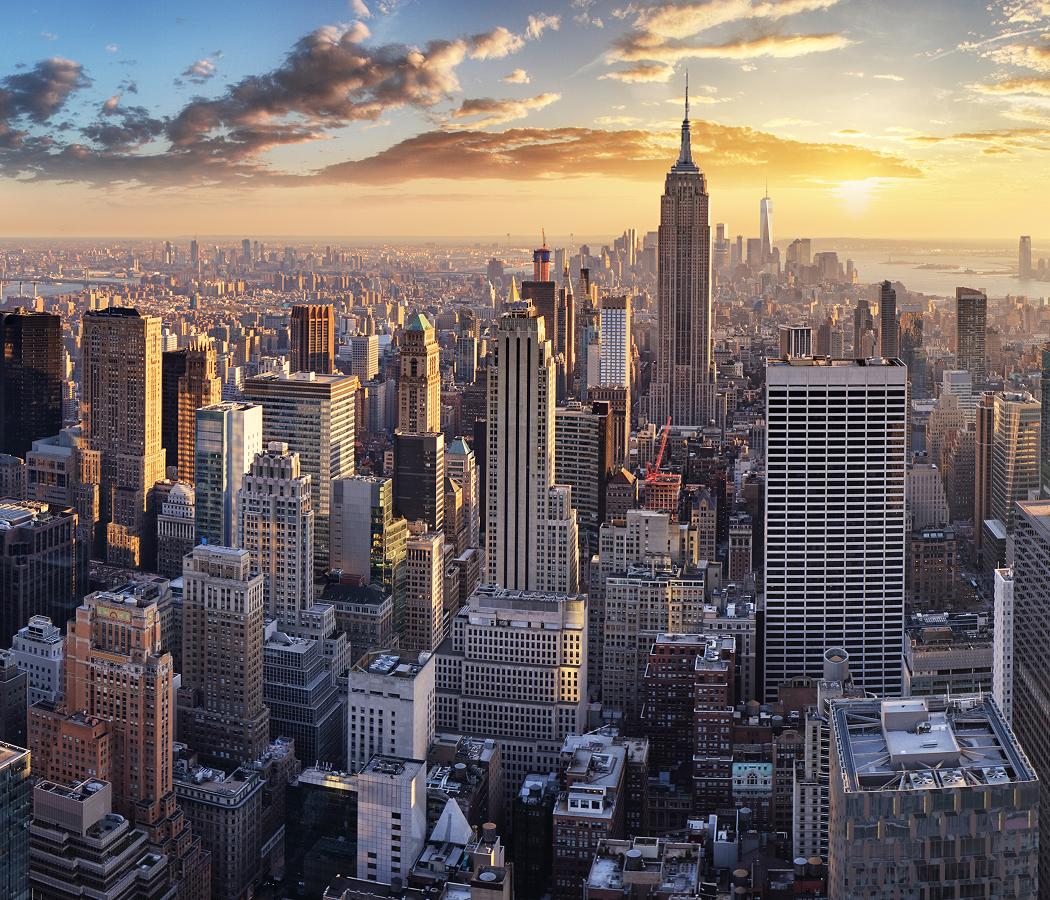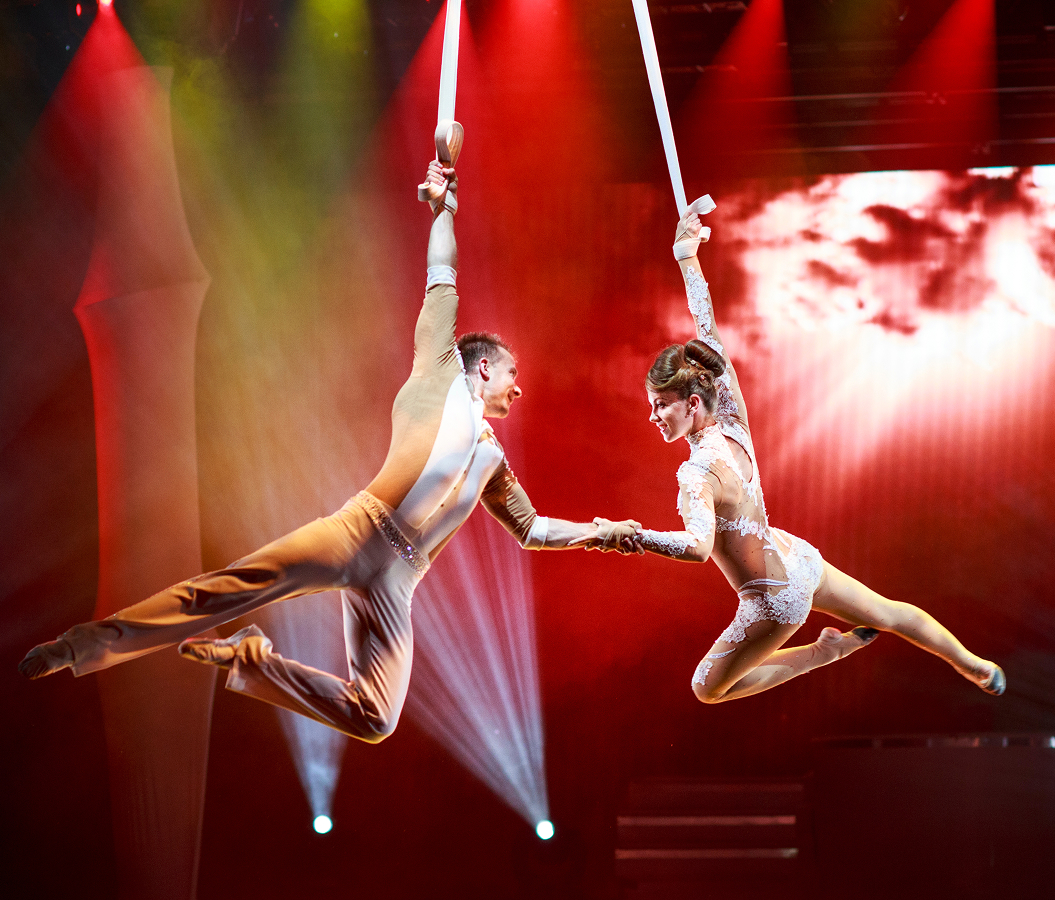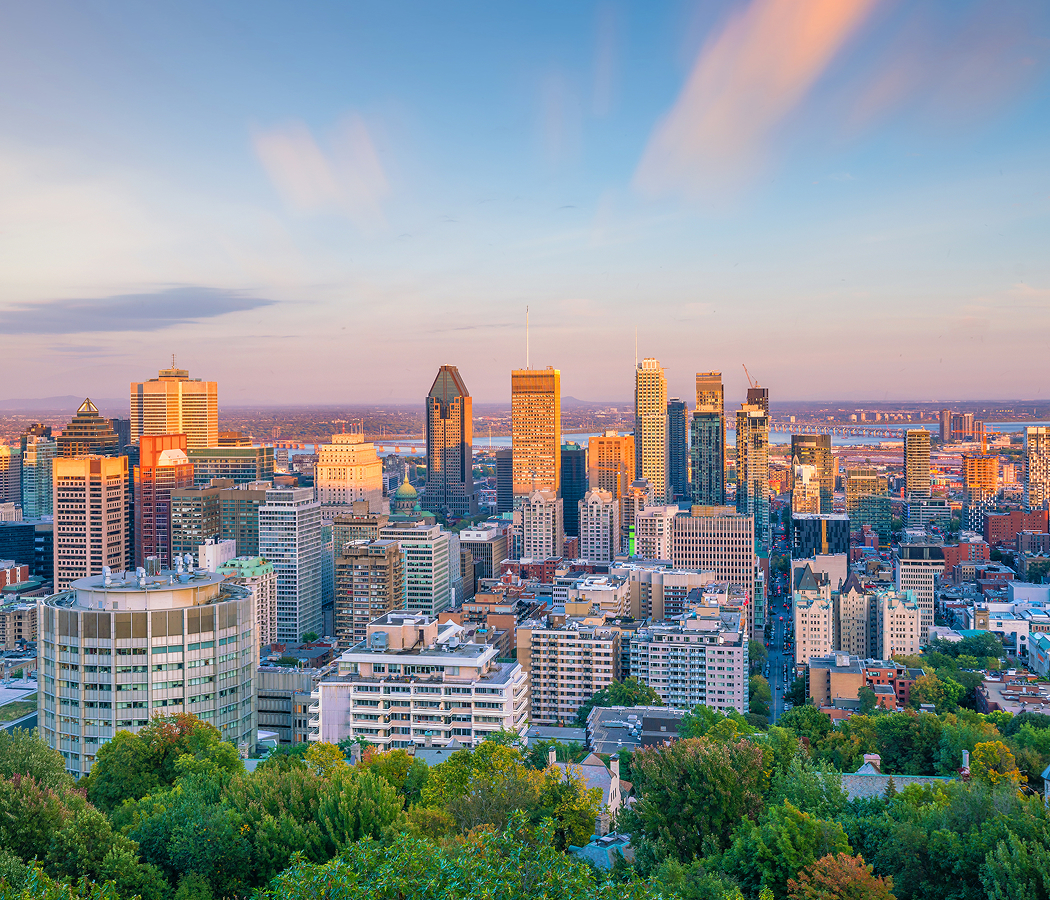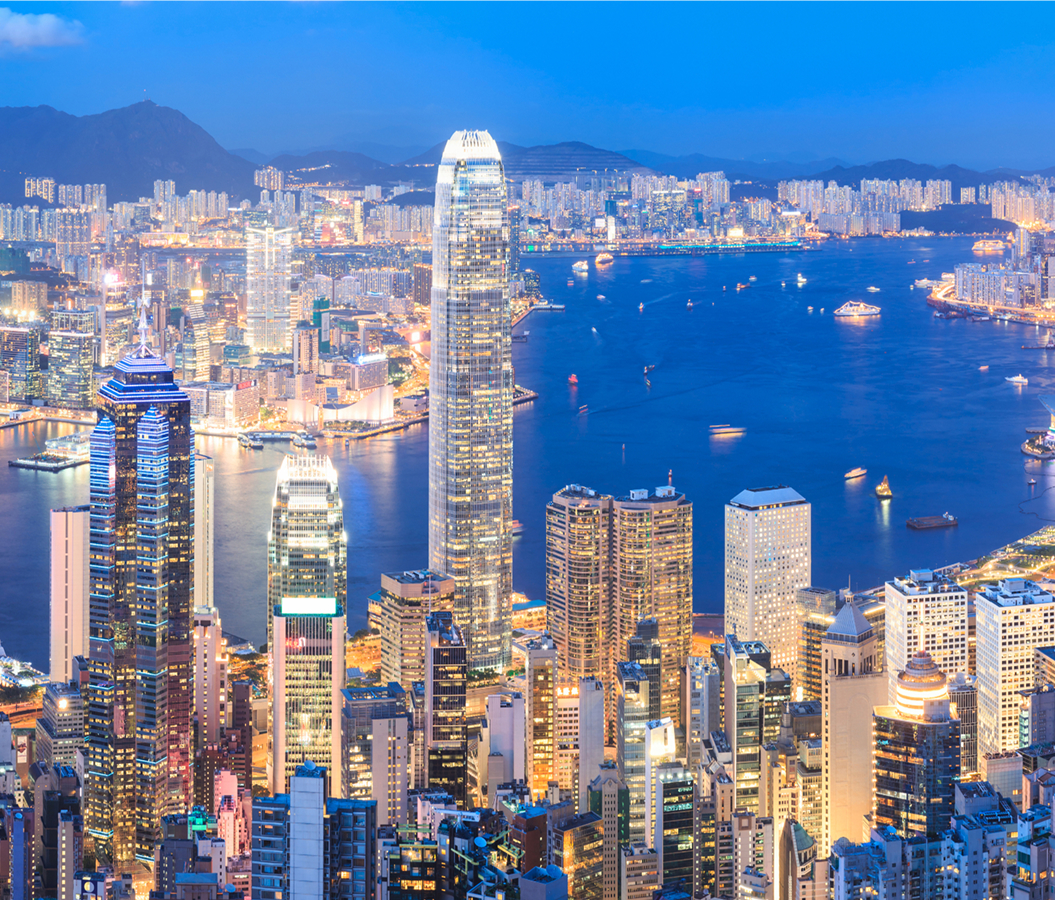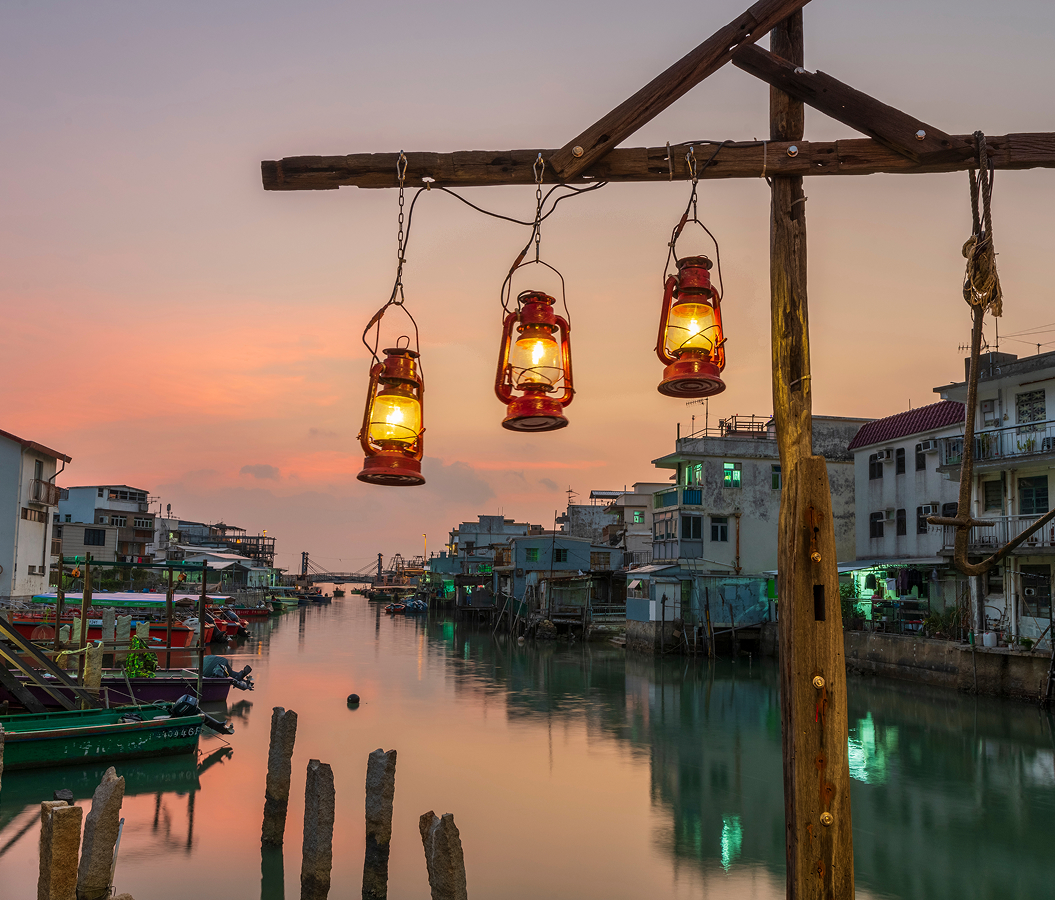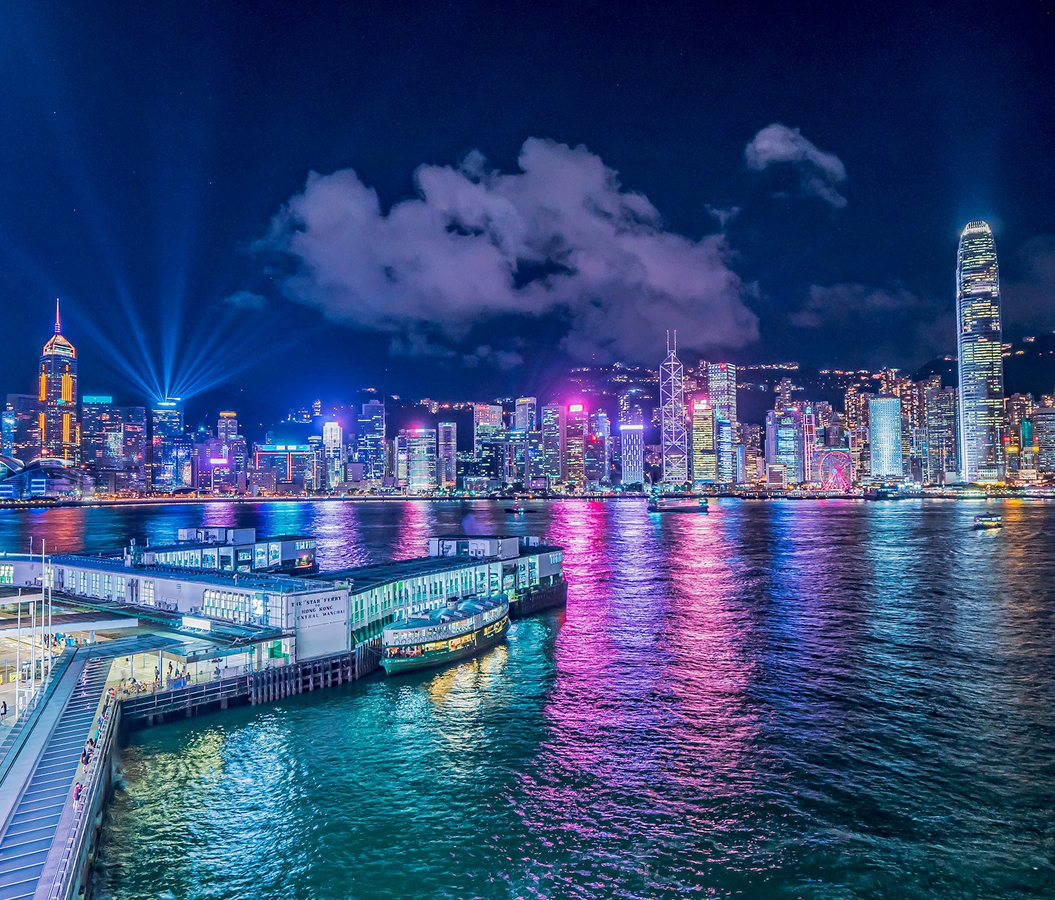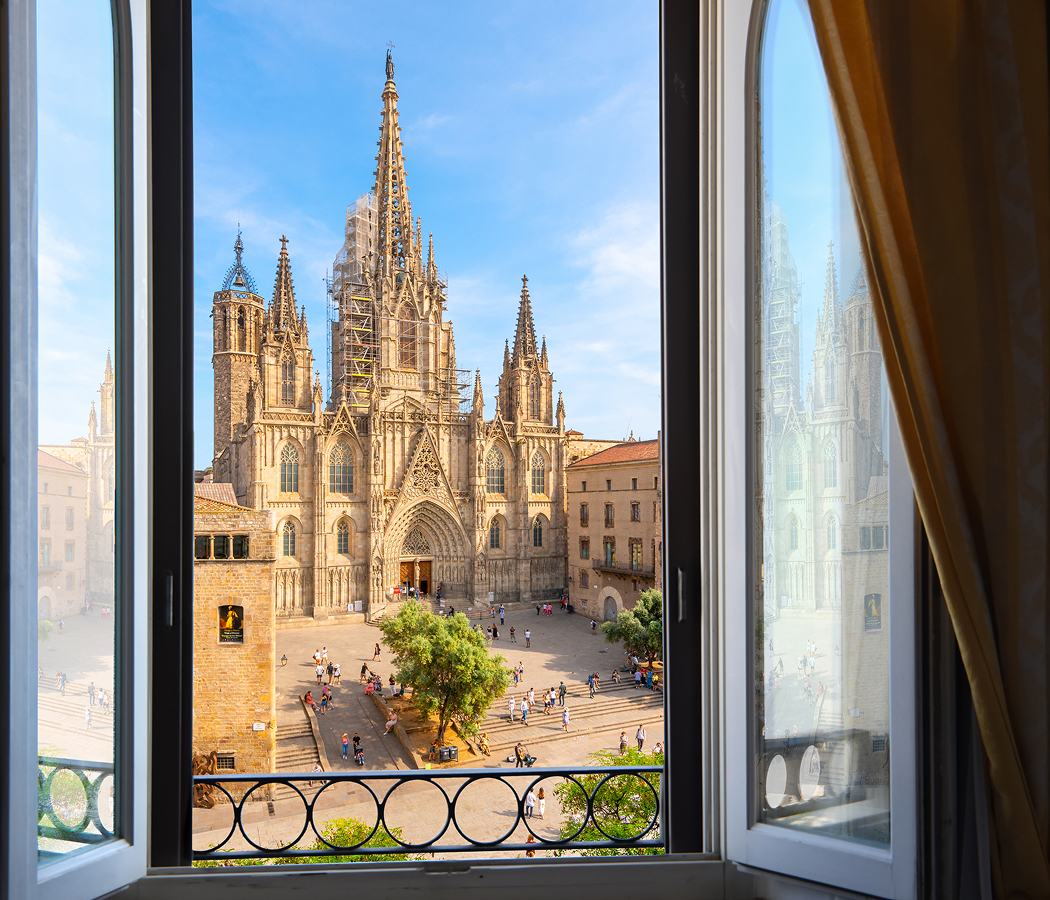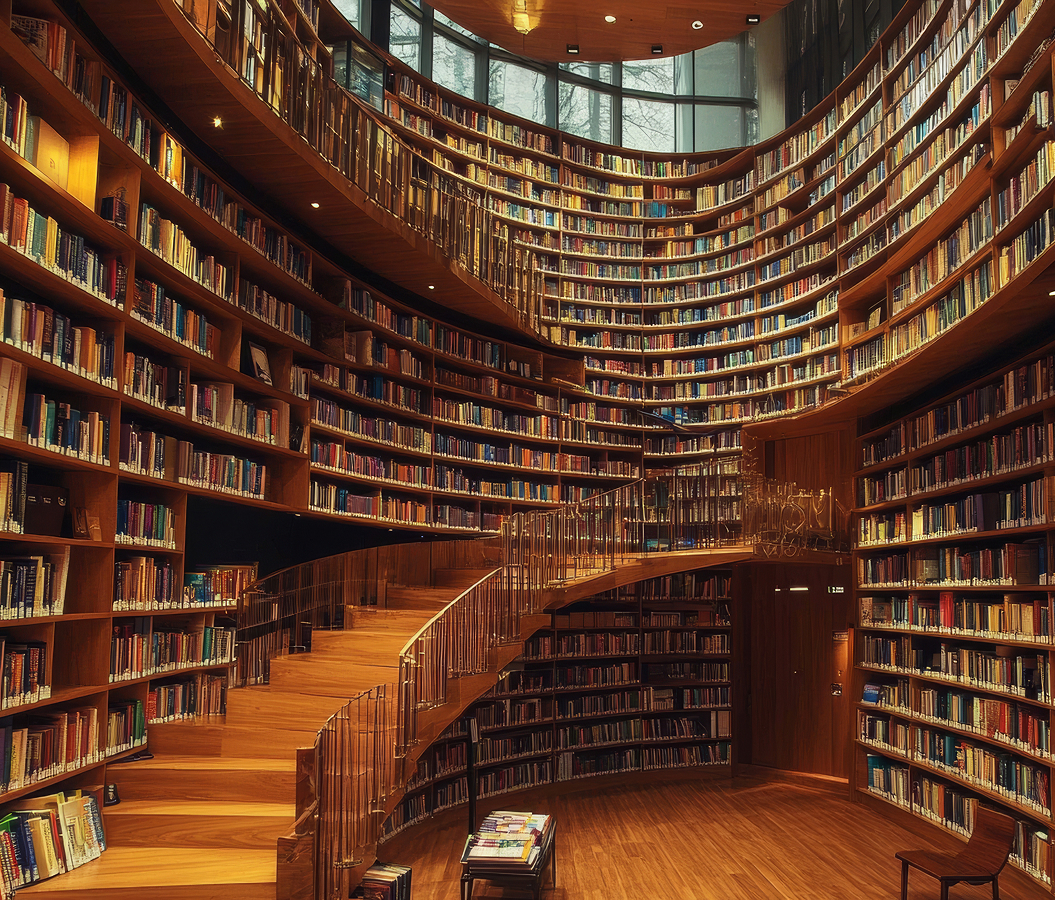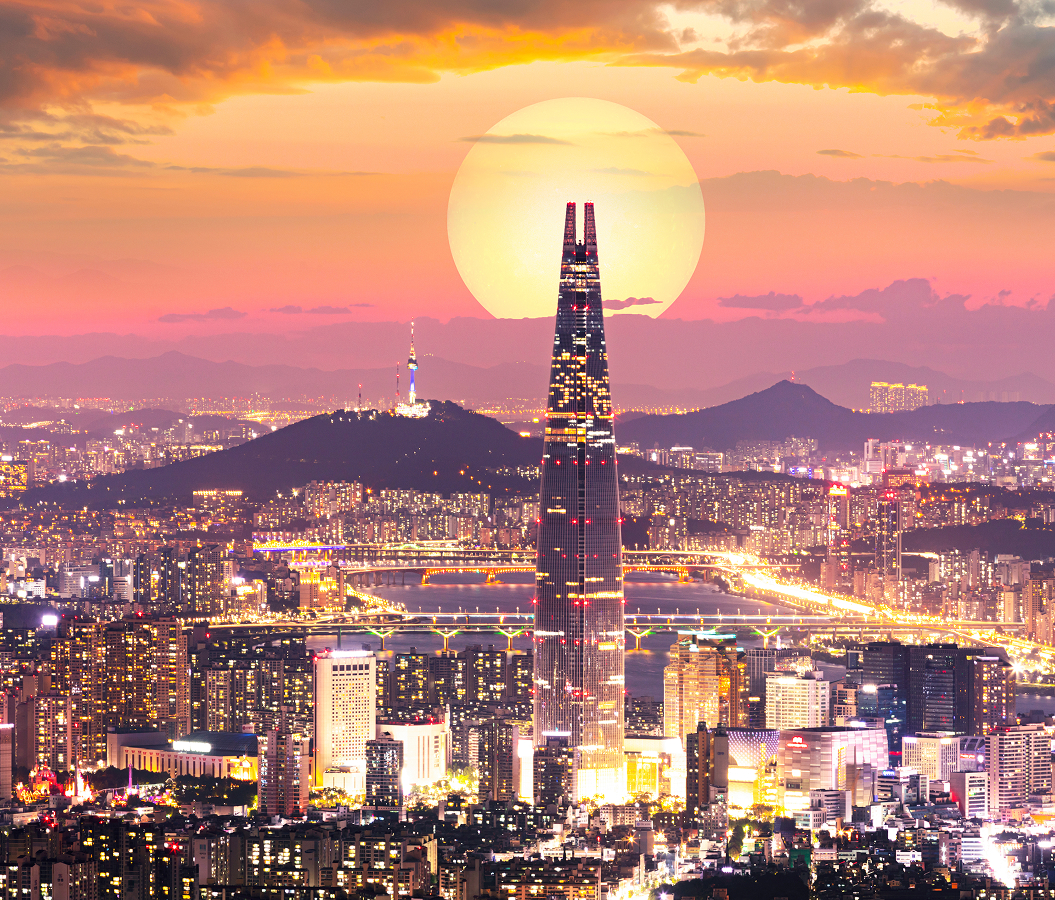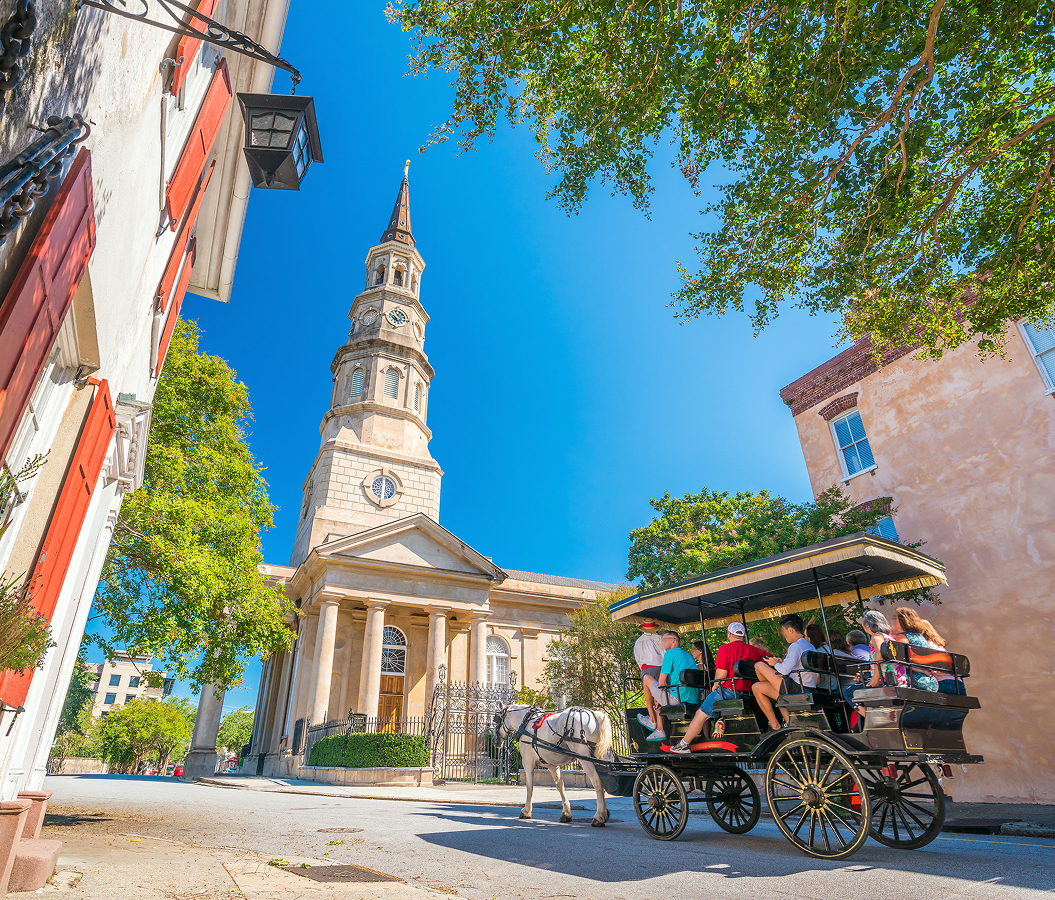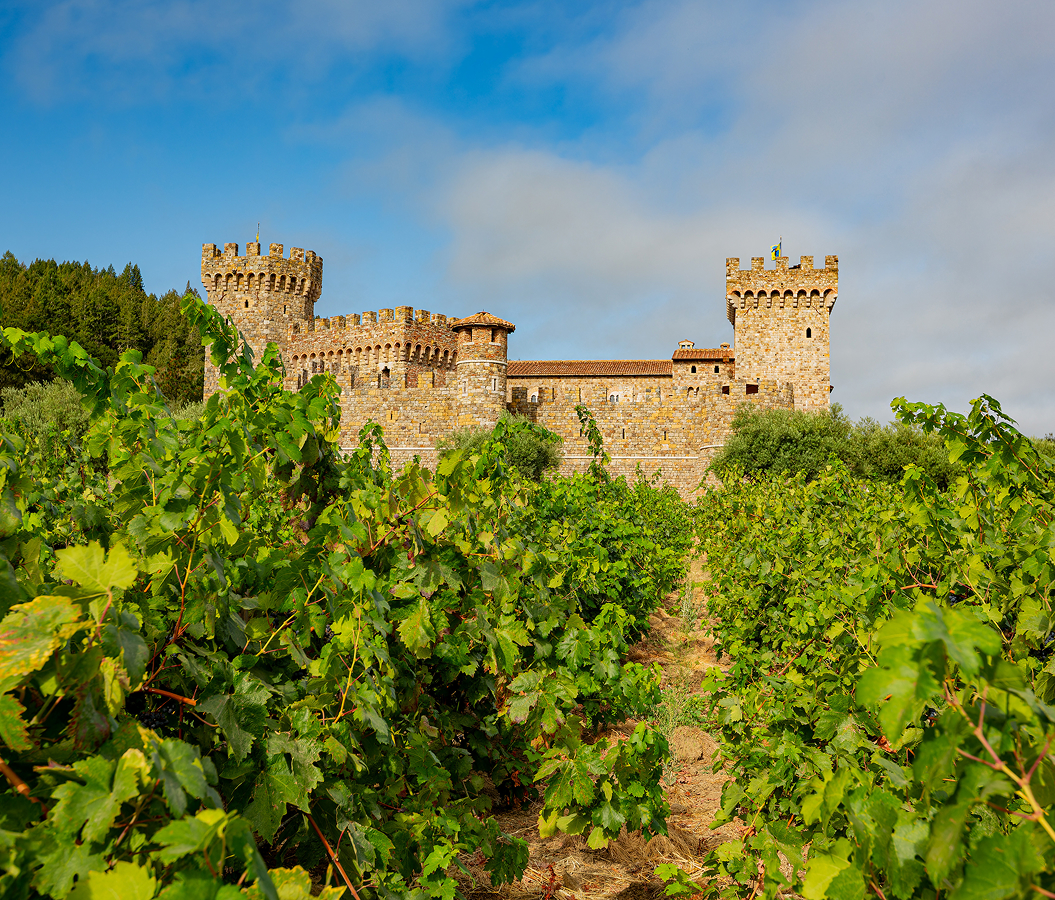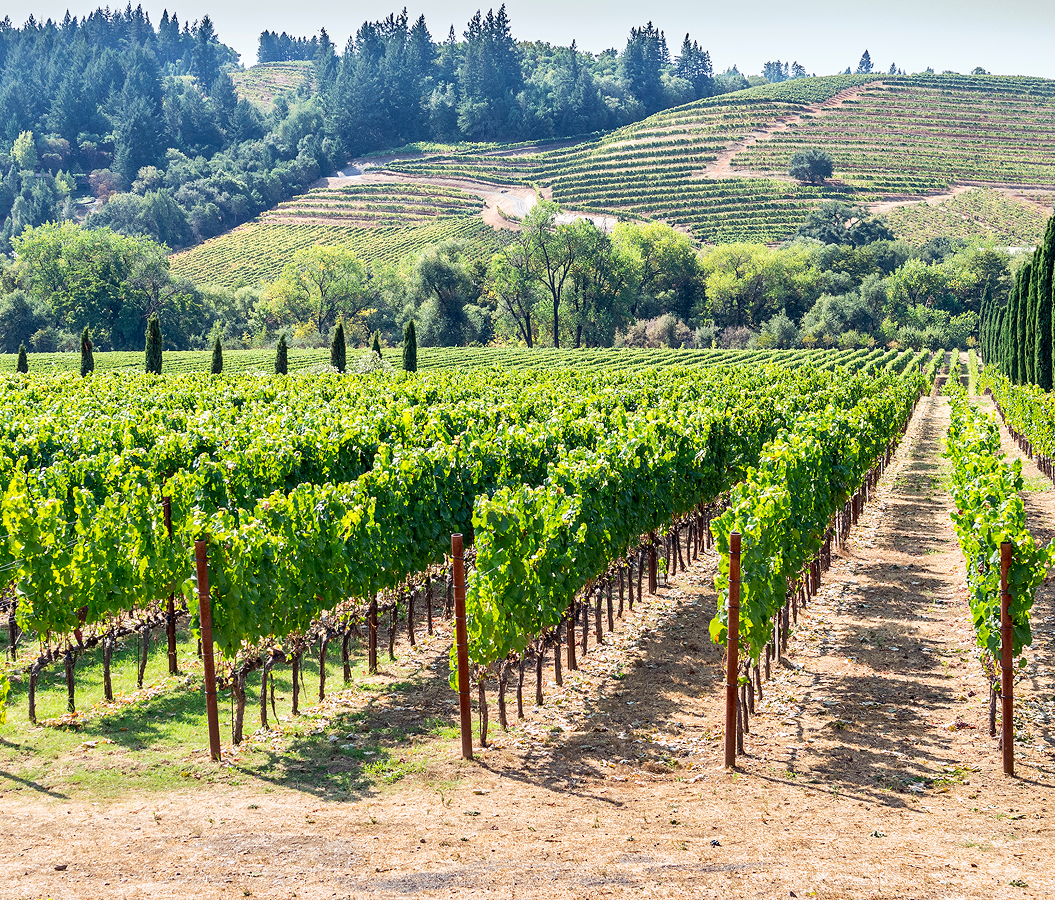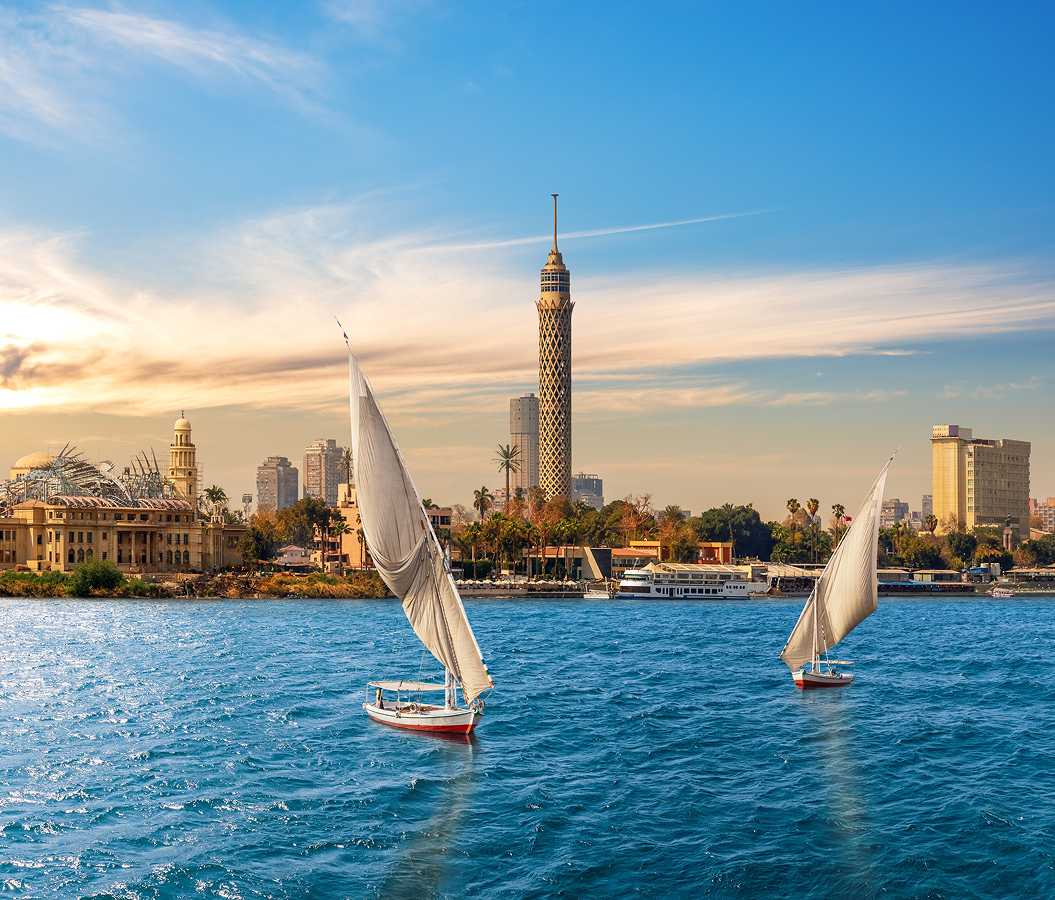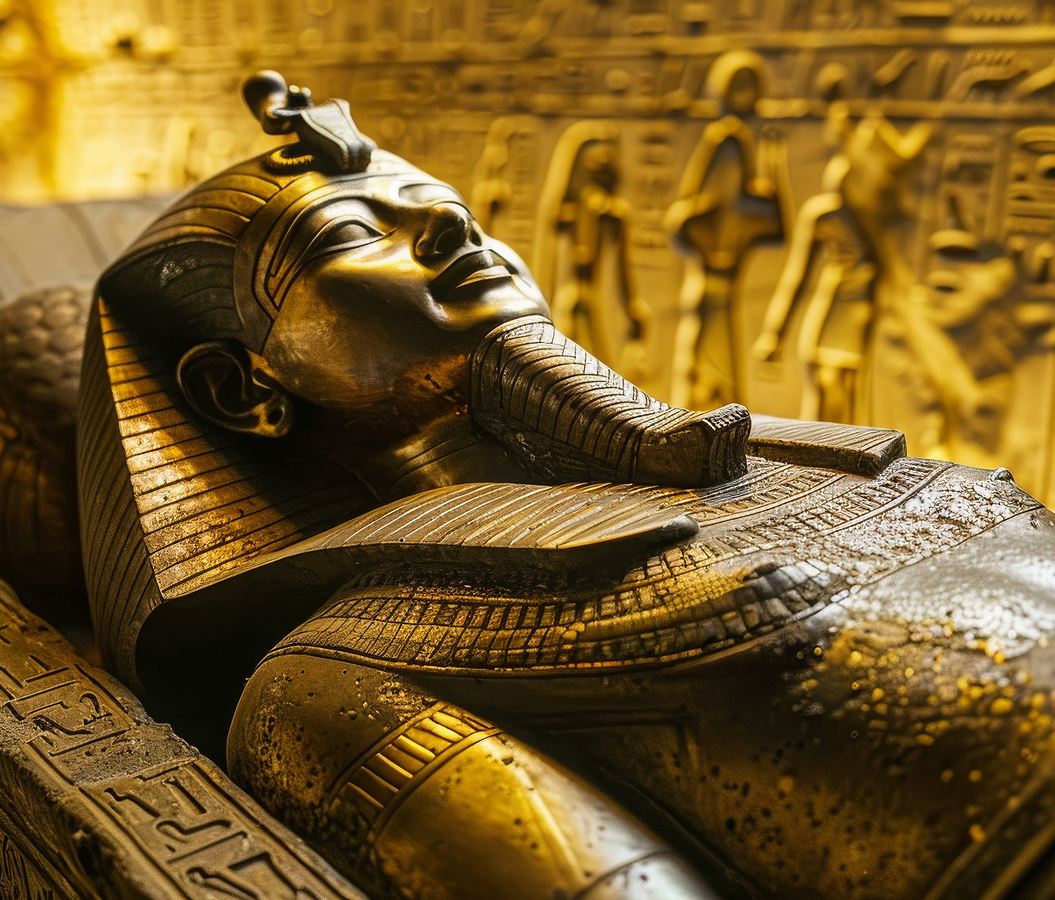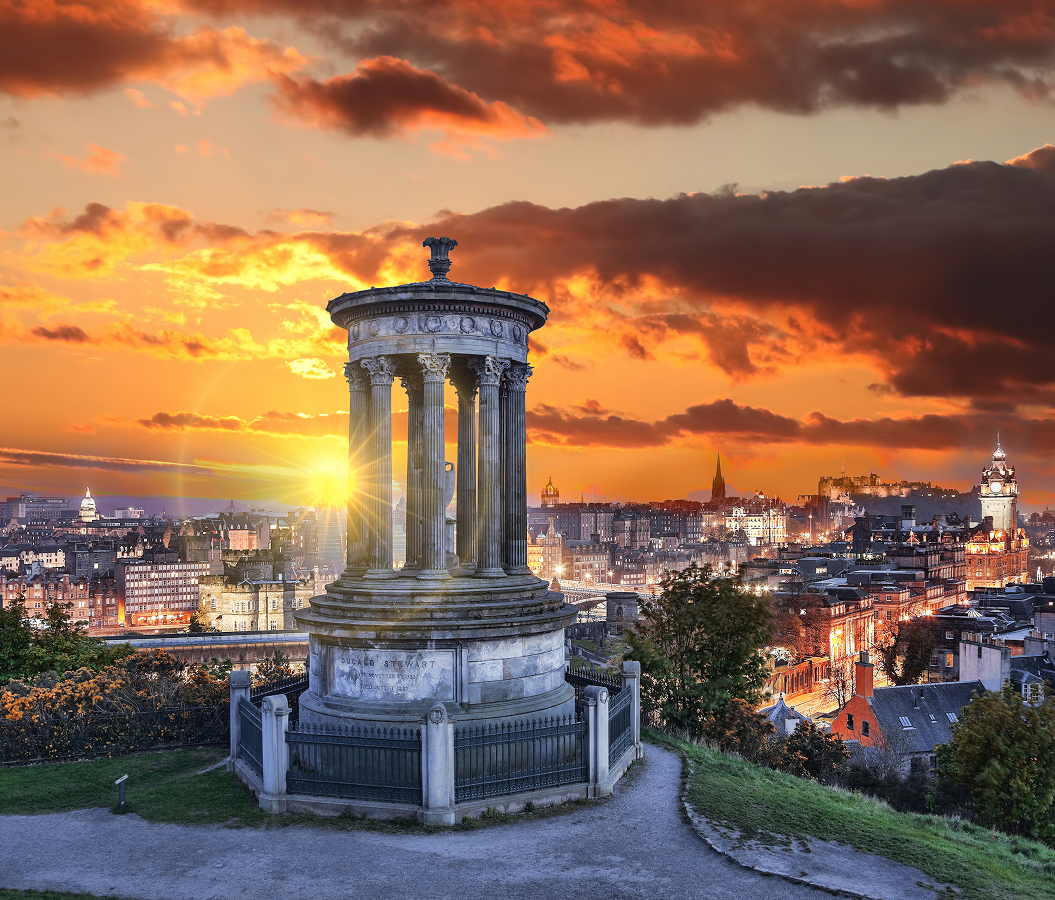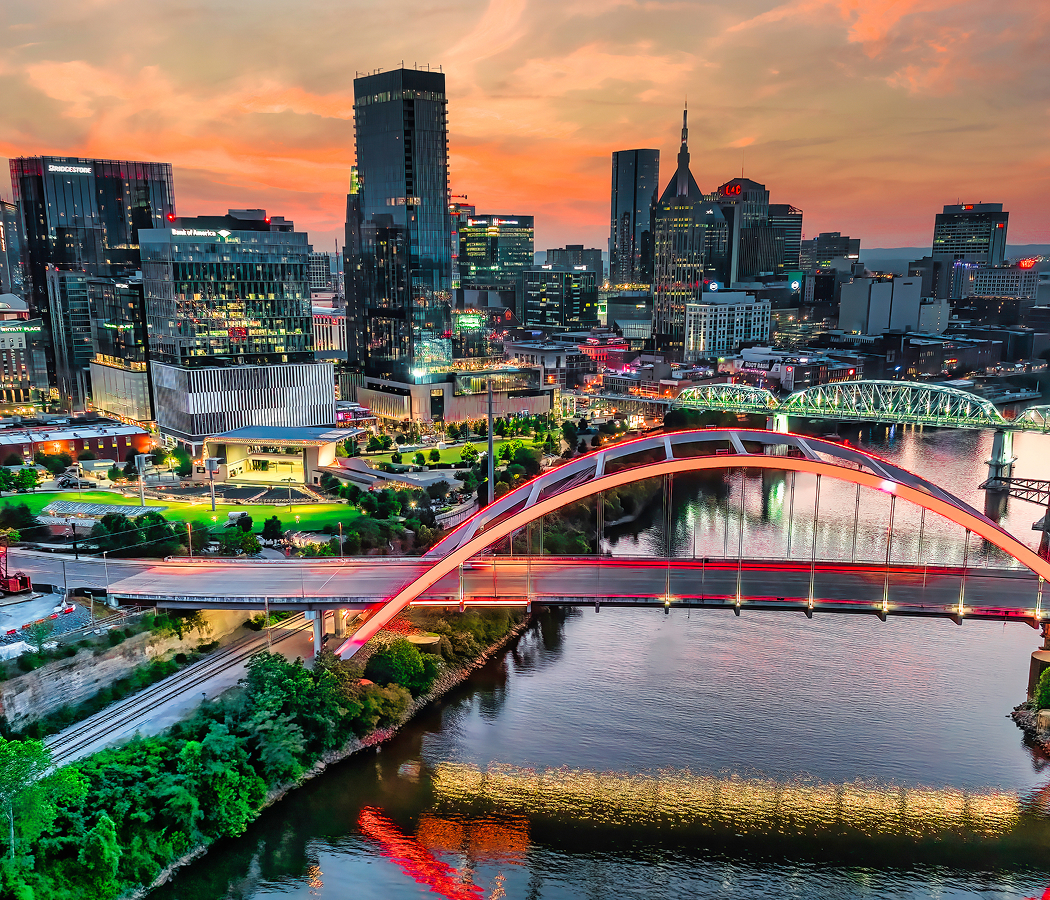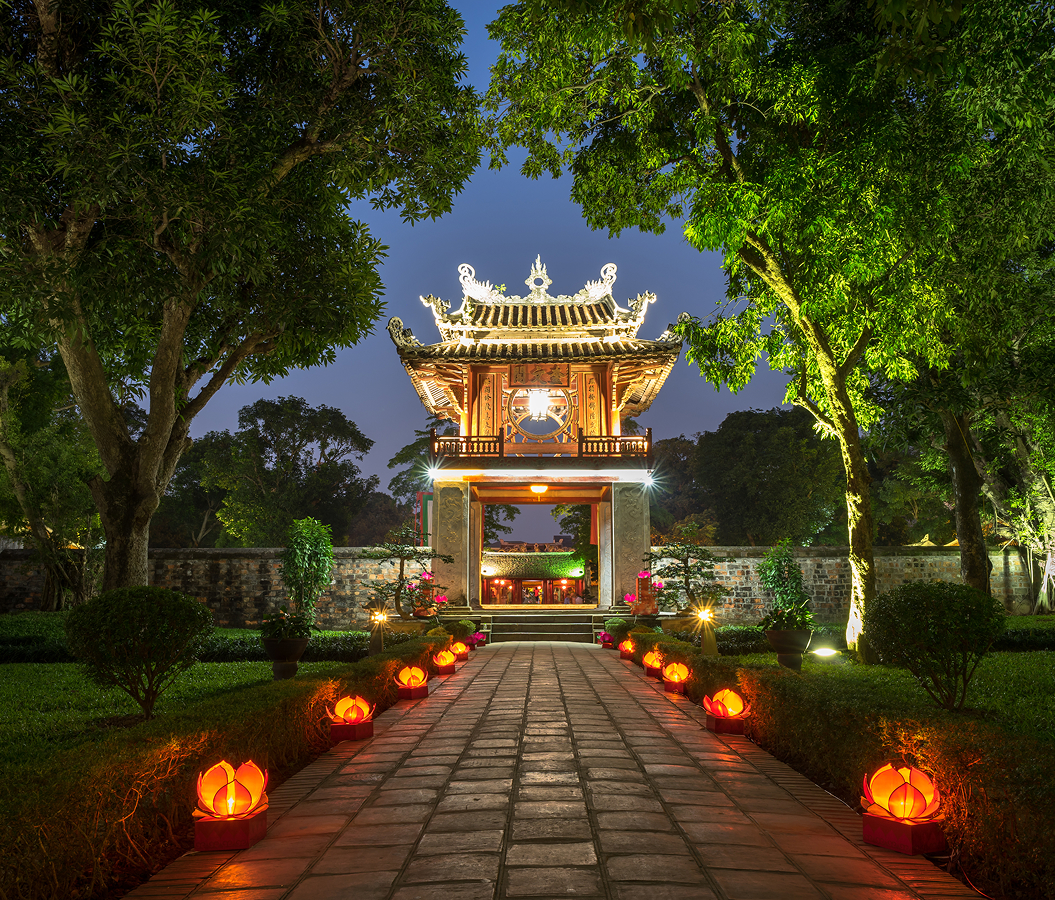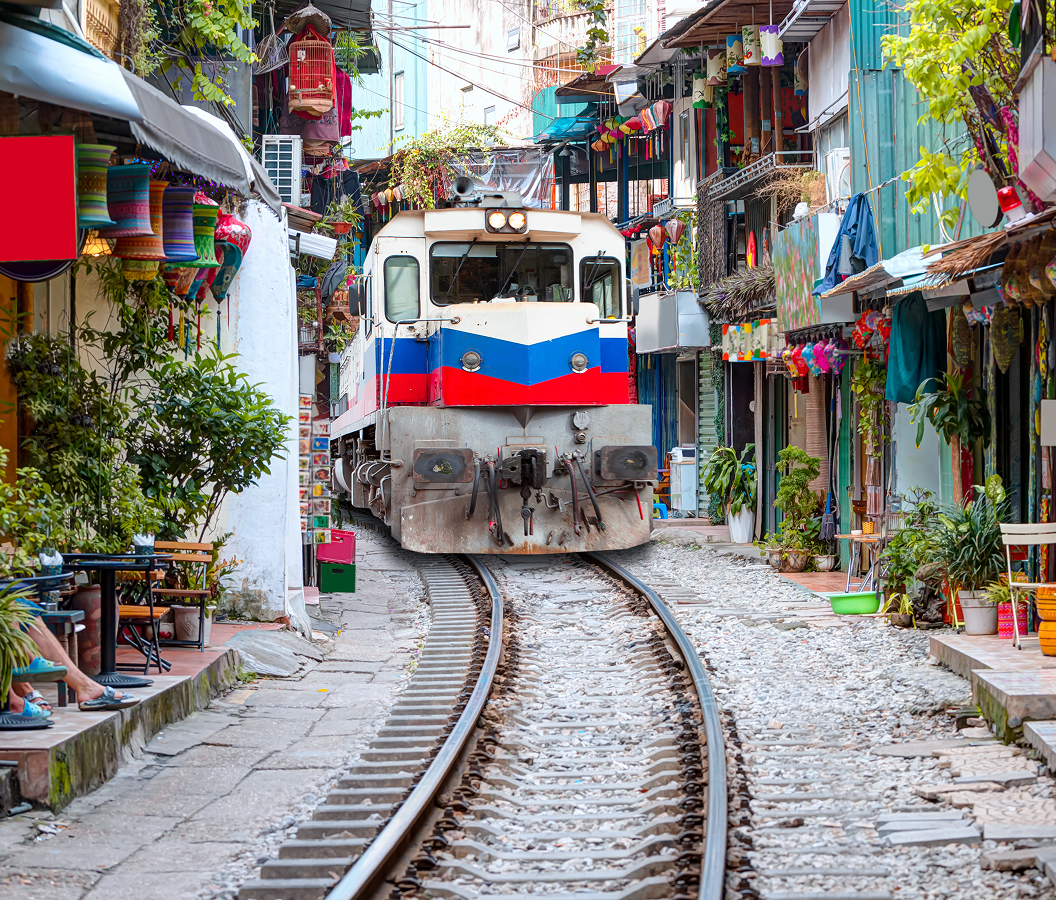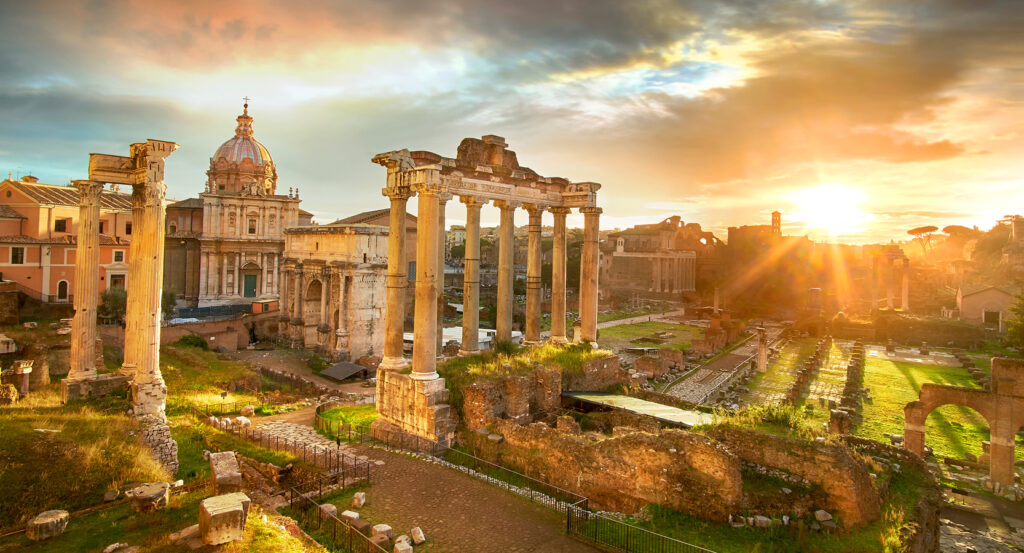
Why you should experience the Roman Forum in Rome.
At the heart of Rome, between the Palatine and Capitoline Hills, lies the Roman Forum, an open-air chronicle of the ancient world where the ruins of temples, arches, and basilicas still whisper the story of an empire that shaped civilization.
Walking through it is like stepping into a time lapse of human history, each column and stone a fragment of political power, religious devotion, and everyday life that defined the Roman Republic and Empire. What makes the Forum so profound isn’t only its grandeur, but the intimacy of its decay, how the remains of temples that once towered over senators and generals now sit bathed in sunlight and silence, still dignified, still alive. Here, you’re standing on the very ground where Julius Caesar was cremated, where Cicero spoke before the Senate, and where the fate of nations was debated in the open air. The marble slabs underfoot once echoed with the footsteps of togas and sandals, the clatter of chariots, and the hum of markets selling olive oil, jewels, and gossip. Amid all of Rome’s monuments, the Forum is the one that feels most human, less a ruin than a reflection, a place where civilization remembers itself.
What you didn’t know about the Roman Forum.
The Roman Forum began humbly, a swampy valley between hills, drained in the 7th century BCE by the Cloaca Maxima, one of the world’s earliest sewage systems, to create a civic center for Rome’s first kings.
Over the centuries, it evolved from a simple marketplace into the beating heart of political, religious, and social life. Every major event in Roman public history unfolded here. The Curia Julia, rebuilt by Julius Caesar, served as the Senate House; the Rostra, an orator’s platform adorned with ship prows, hosted speeches that could ignite revolutions. The Temple of Saturn, its columns still standing tall today, once held the Republic’s treasury, while the Temple of Vesta housed the sacred eternal flame tended by the Vestal Virgins, symbolizing Rome’s unbroken continuity. At the Forum’s center stood the Via Sacra, the “Sacred Way,” where triumphal processions paraded victorious generals and spoils from conquered lands. Yet the Forum wasn’t just a political stage, it was Rome’s social nucleus. Citizens gathered here for trials, festivals, and even casual encounters. Statues of gods and statesmen lined the square, and marble tablets displayed the city’s laws for all to see. Over time, emperors like Augustus, Vespasian, and Septimius Severus added new temples and triumphal arches, transforming the Forum into a showcase of imperial ideology. But as the Empire declined, so did its heart. By the Middle Ages, the site had become known as the Campo Vaccino, the “cow field”, its temples stripped for marble, its glory buried under centuries of earth and grass. It wasn’t until the Renaissance, when antiquity became fashionable again, that the Forum’s ruins were rediscovered and studied by artists and scholars. Excavations in the 19th and 20th centuries peeled back the layers of history, revealing a space that was not just the political core of Rome but the symbolic foundation of Western civilization itself.
How to fold the Roman Forum into your trip.
Exploring the Roman Forum isn’t just sightseeing, it’s an act of communion with history.
Begin your visit early in the morning, when the light is soft and the crowds still thin. Enter through the Via dei Fori Imperiali and let your eyes adjust to the scale, columns rising like ribs of a fallen giant, arches framing glimpses of the Colosseum in the distance. Walk slowly along the Via Sacra, imagining the processions that once marched here, garlands of laurel rustling in the breeze. Pause before the Temple of Antoninus and Faustina, its columns now fused with a baroque church façade, a visual reminder that Rome never erases; it transforms. Visit the House of the Vestal Virgins, where the sacred flame once burned eternal, and trace the outlines of their tranquil garden courtyards. Near the Temple of Caesar, leave a flower or coin on the altar that marks where he was cremated, a tradition that still moves modern visitors as deeply as it did ancient Romans. Climb toward the Palatine Hill, accessible through the Forum, where the emperors built their sprawling palaces overlooking the city. From this vantage, the Forum unfolds below like a living diorama, the ruins catching the golden light of late afternoon, pigeons tracing lazy circles overhead. If possible, stay until sunset, when the marble glows pink and the air cools, carrying the faint sound of church bells from nearby San Lorenzo in Miranda. Before leaving, stand once more in the center of the Forum and close your eyes. You can almost hear the echo of speeches, the murmur of crowds, and the pulse of a city that never truly died. Then wander out toward the Colosseum or climb to Campidoglio Hill for a final view, the ruins below shimmering like a mirage of memory. Visiting the Roman Forum isn’t just about seeing where history happened; it’s about realizing that history is still happening, layered, eternal, and very much alive beneath your feet.
Hear it from the Foresyte community.
“Wild to think this was like their times square, but with gladiators and senators instead of billboards. Feels like a history book got ripped open and left out in the sun.”
Where meaningful travel begins.
Start your journey with Foresyte, where the planning is part of the magic.
Discover the experiences that matter most.

